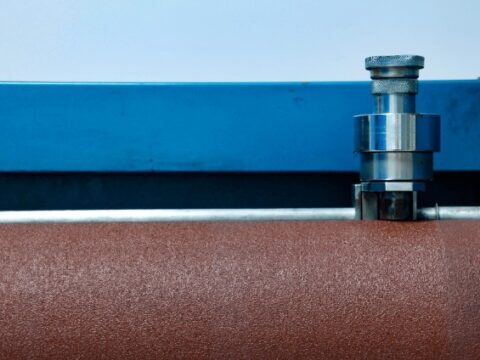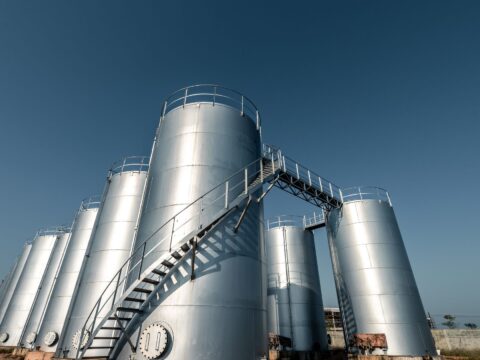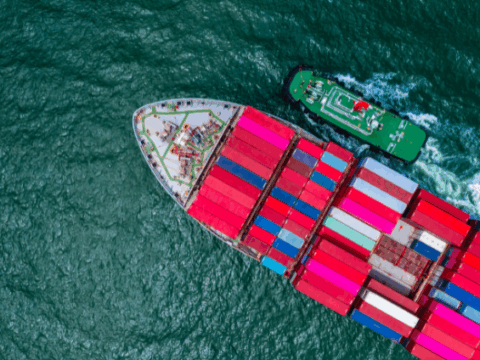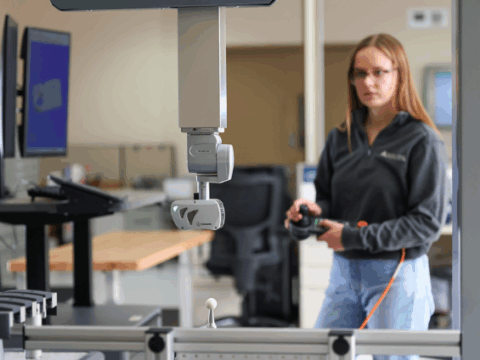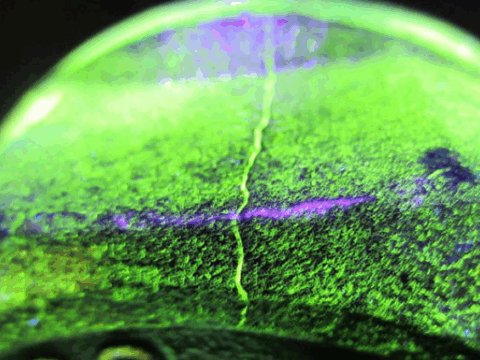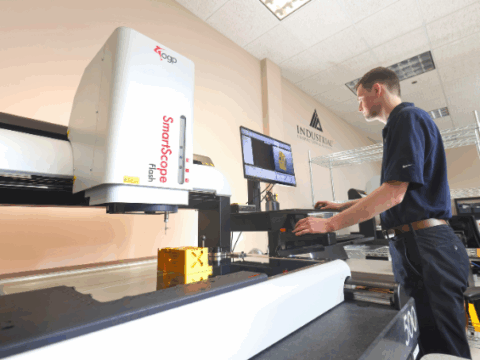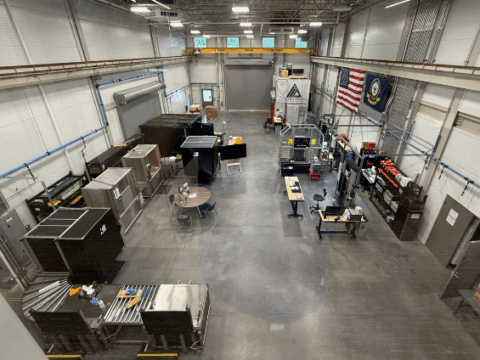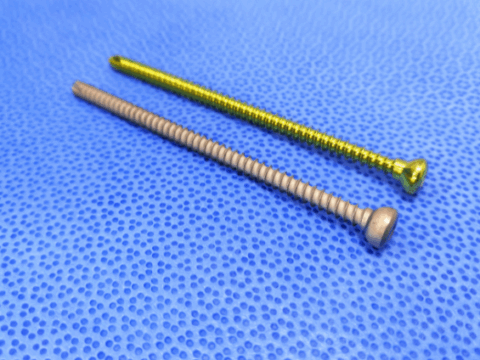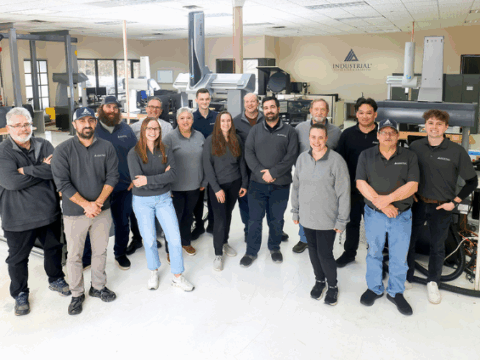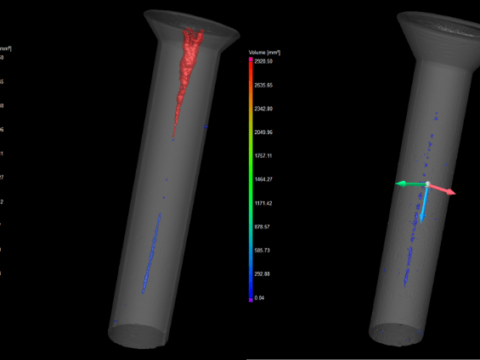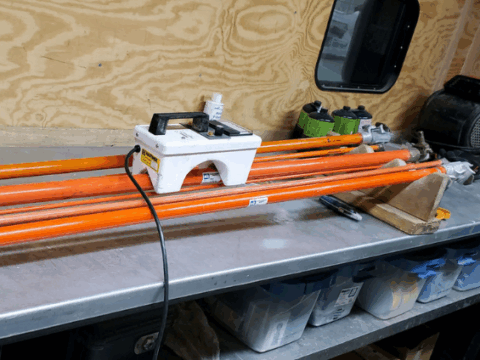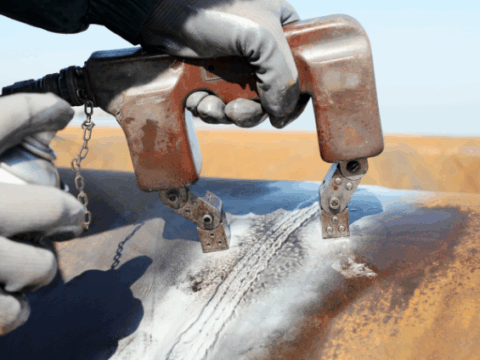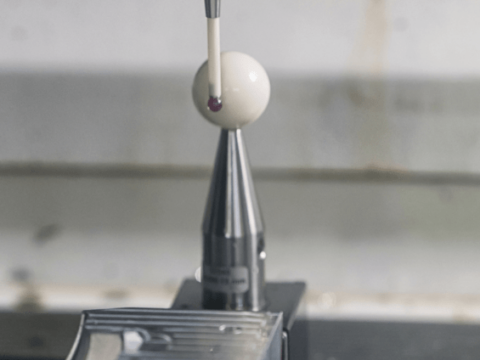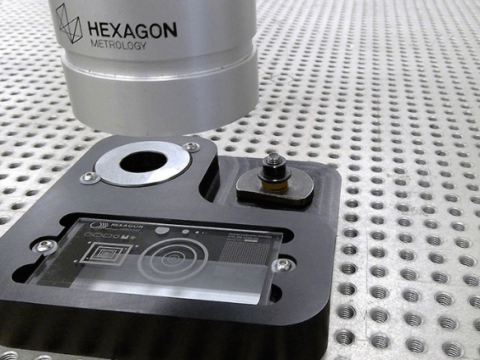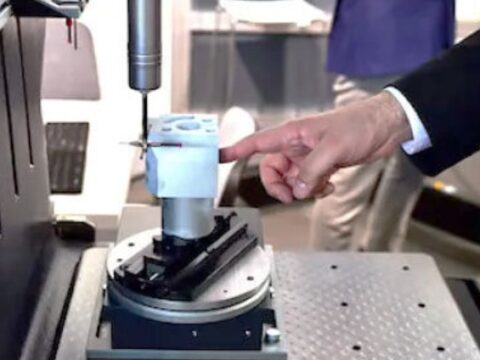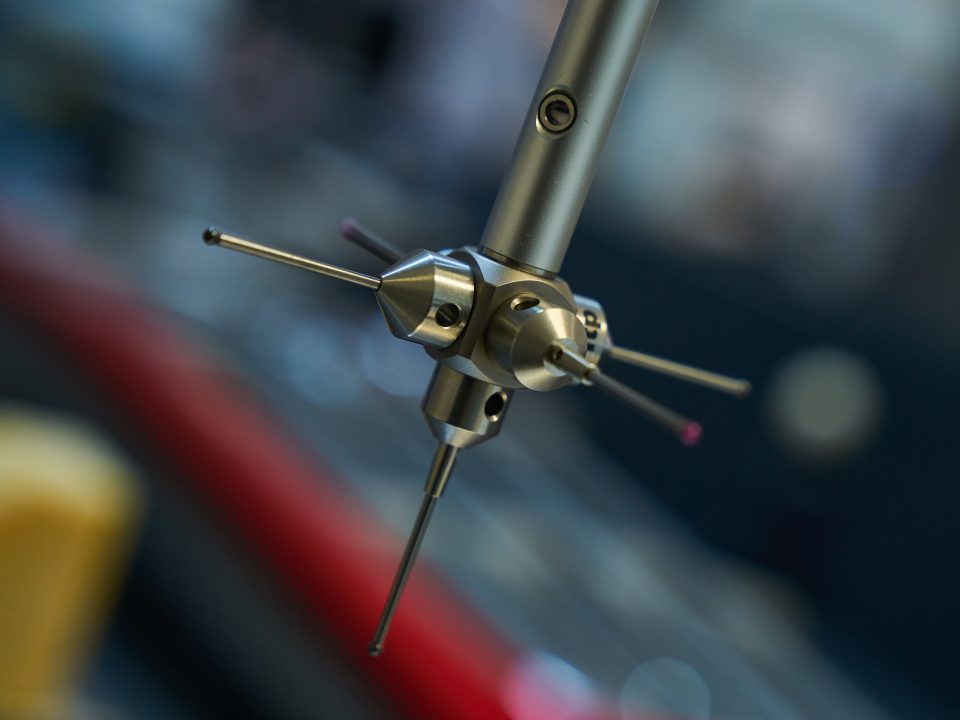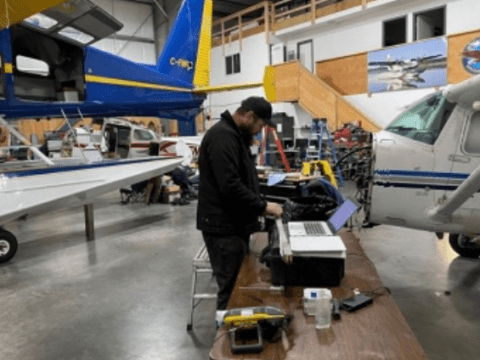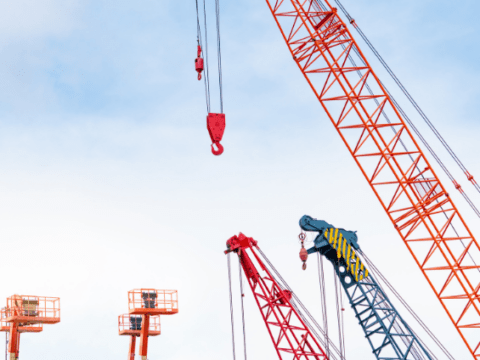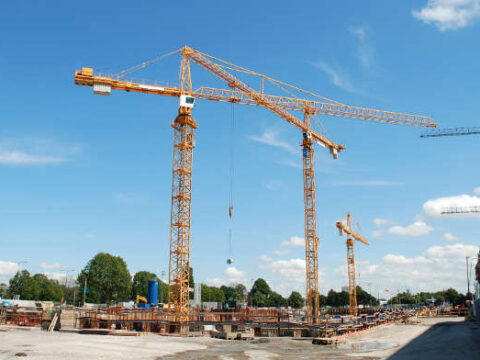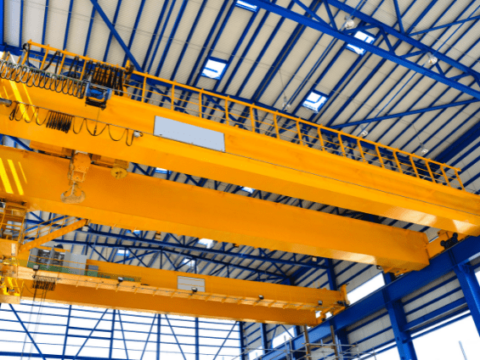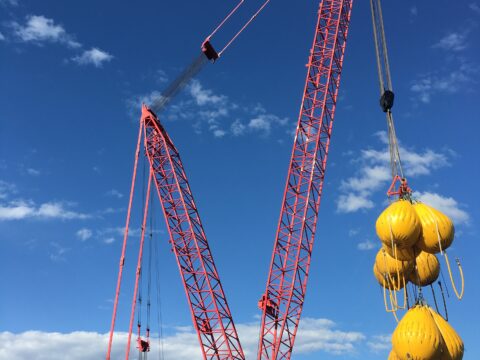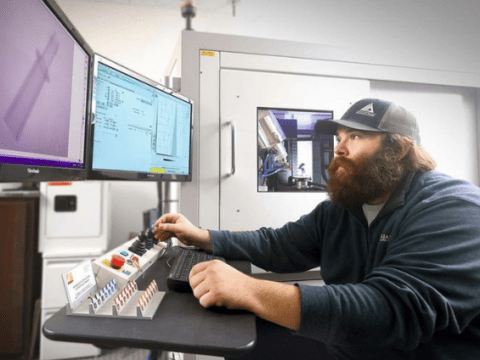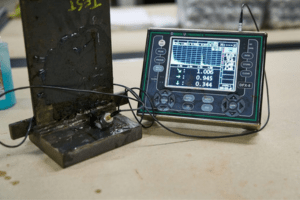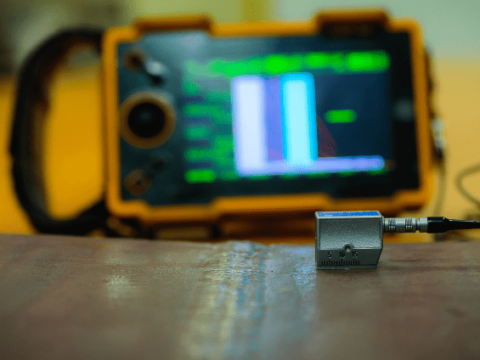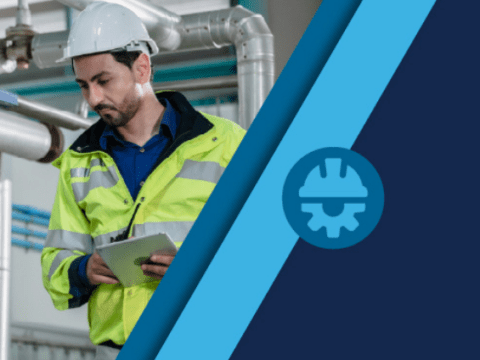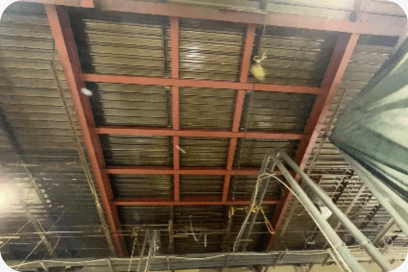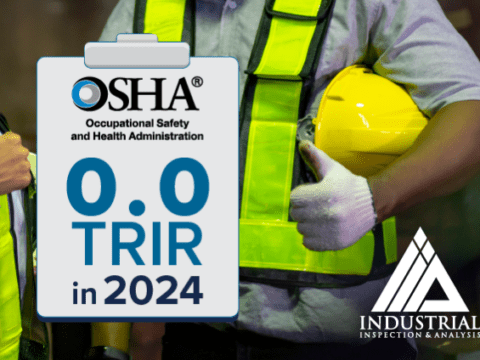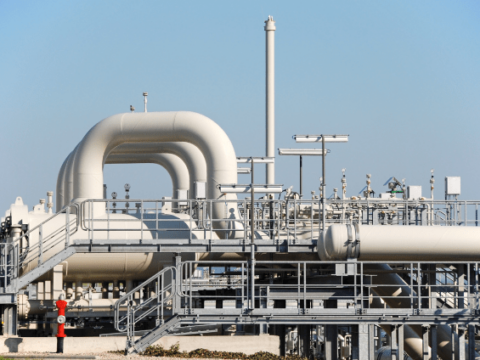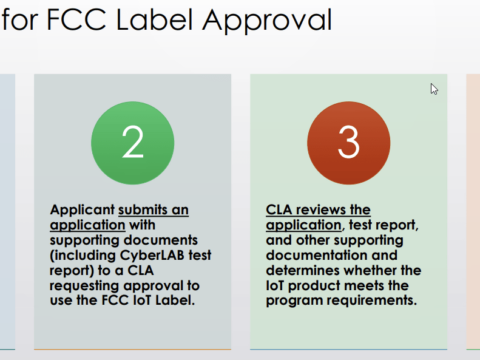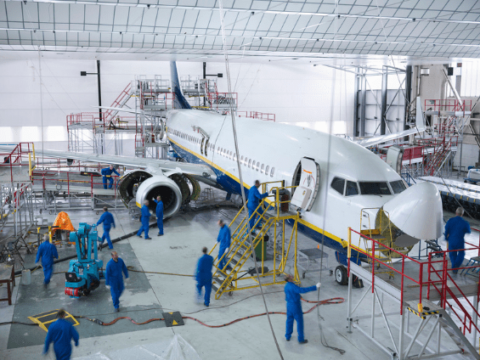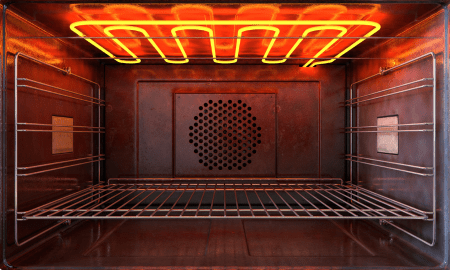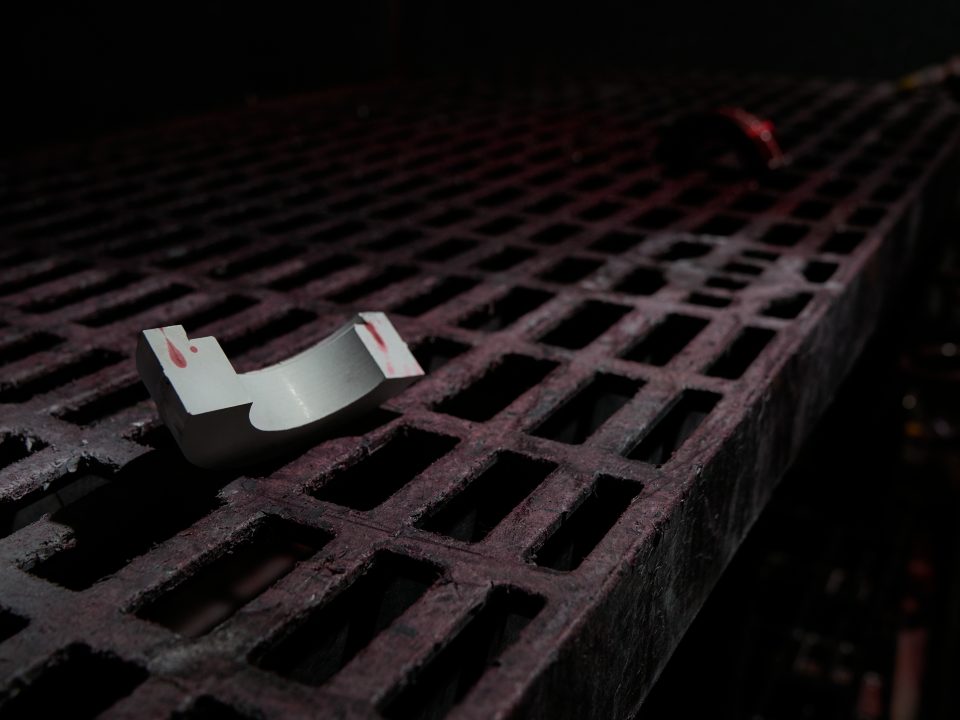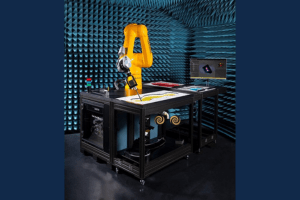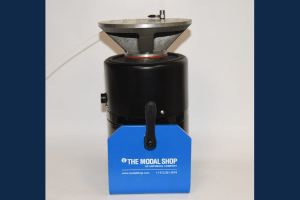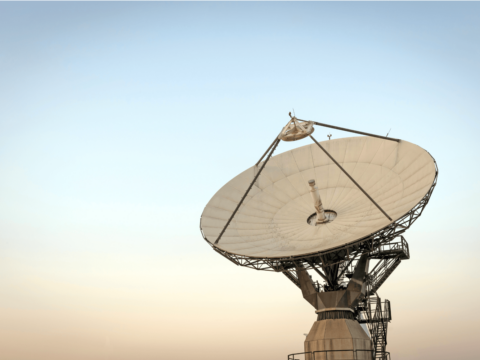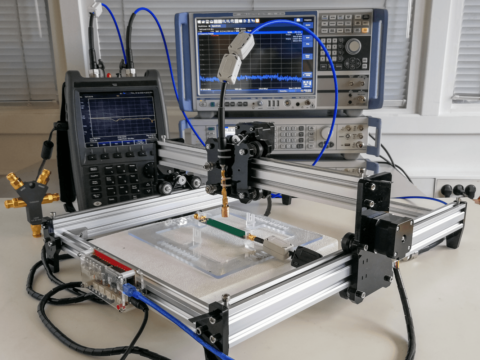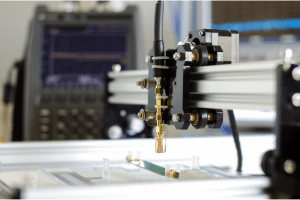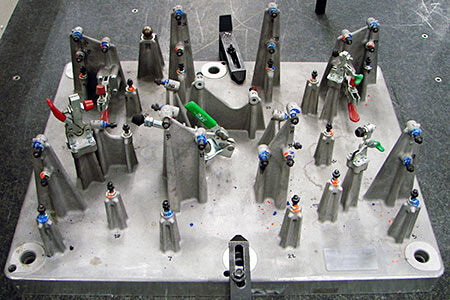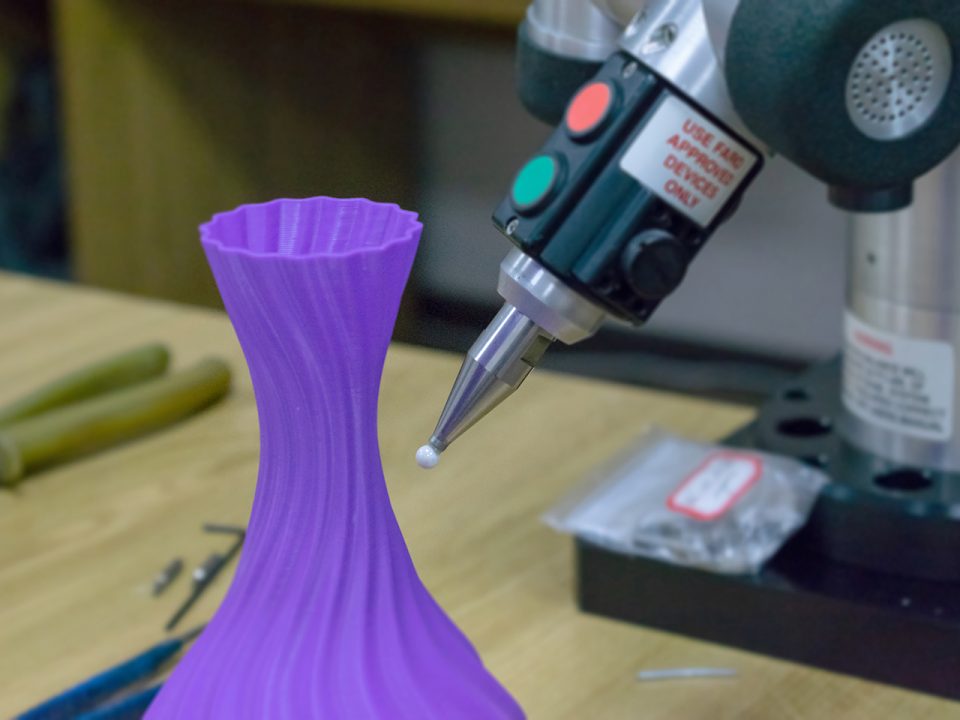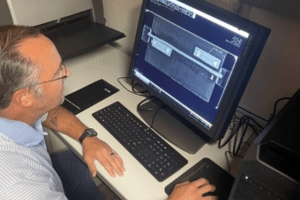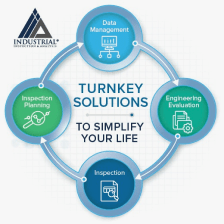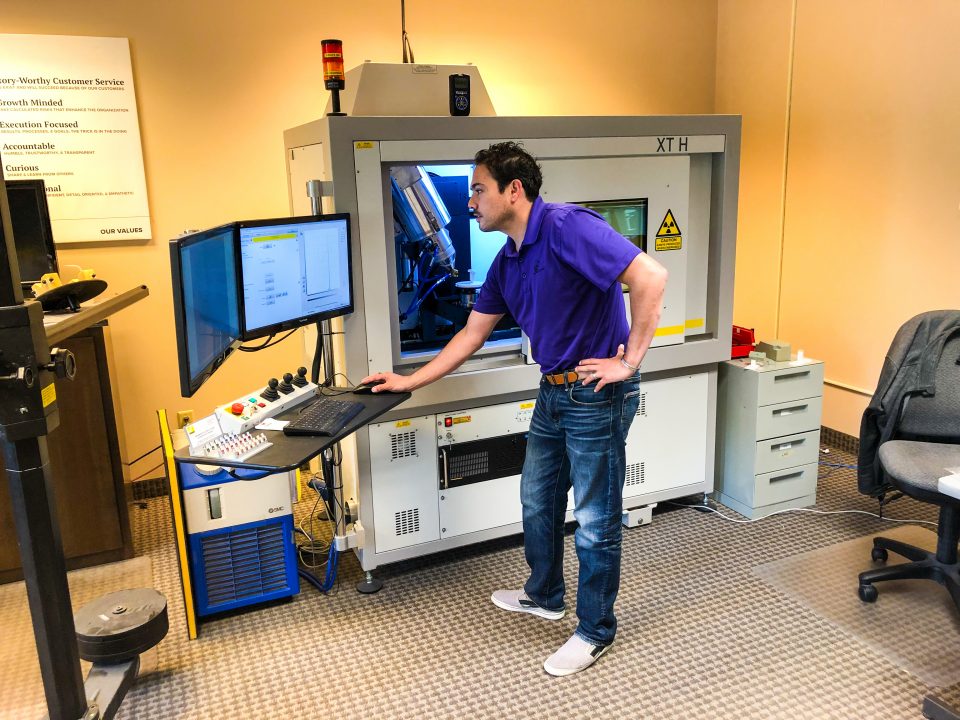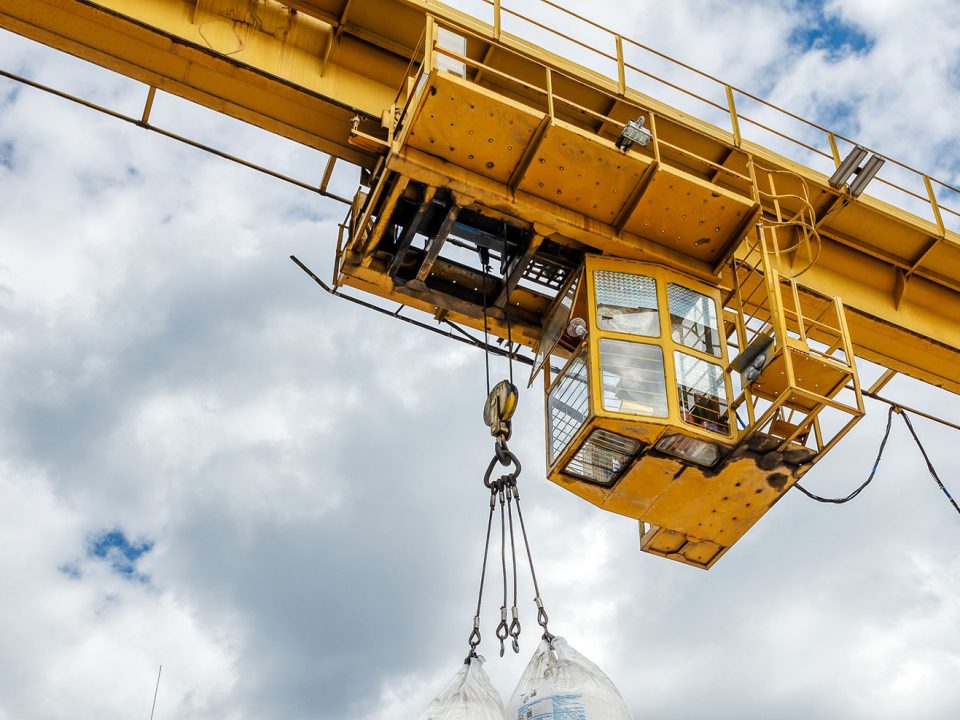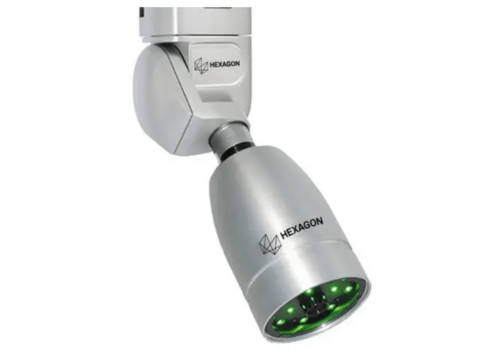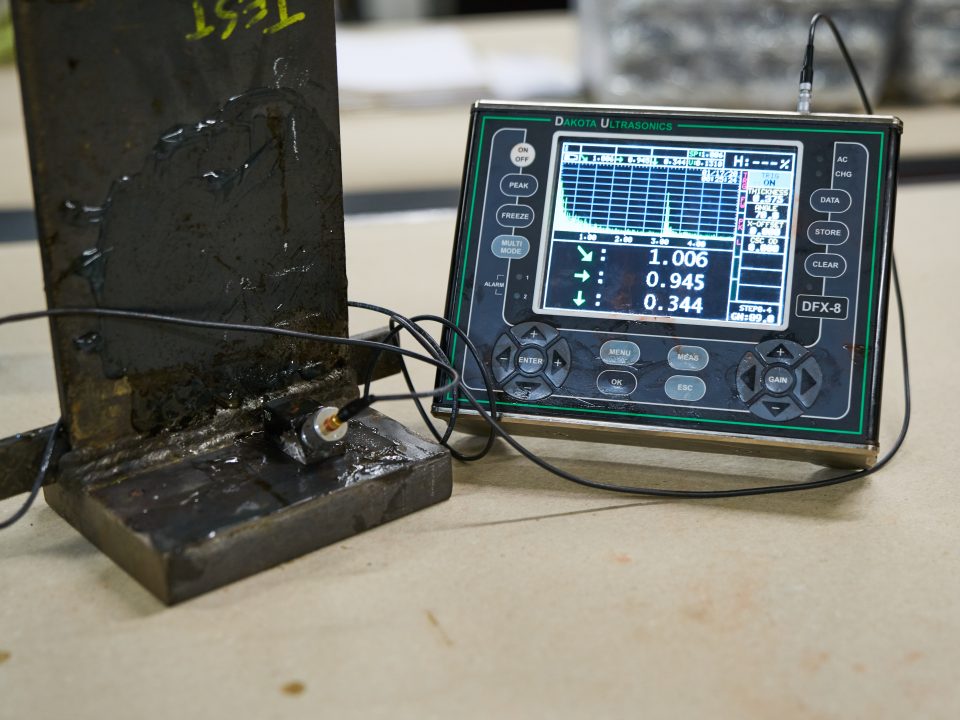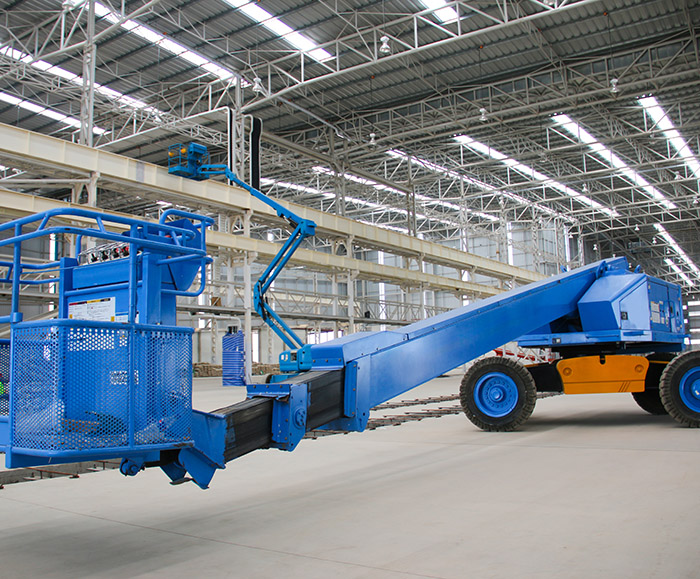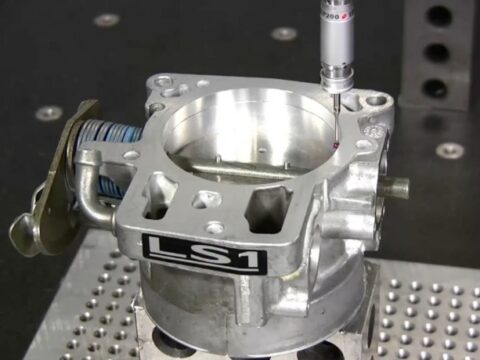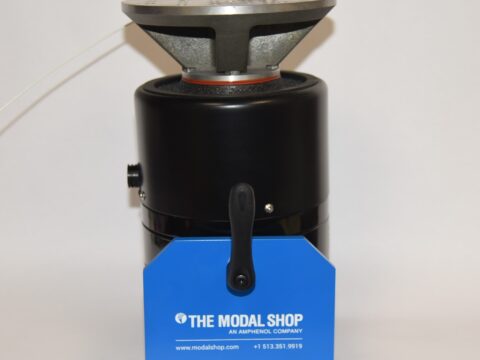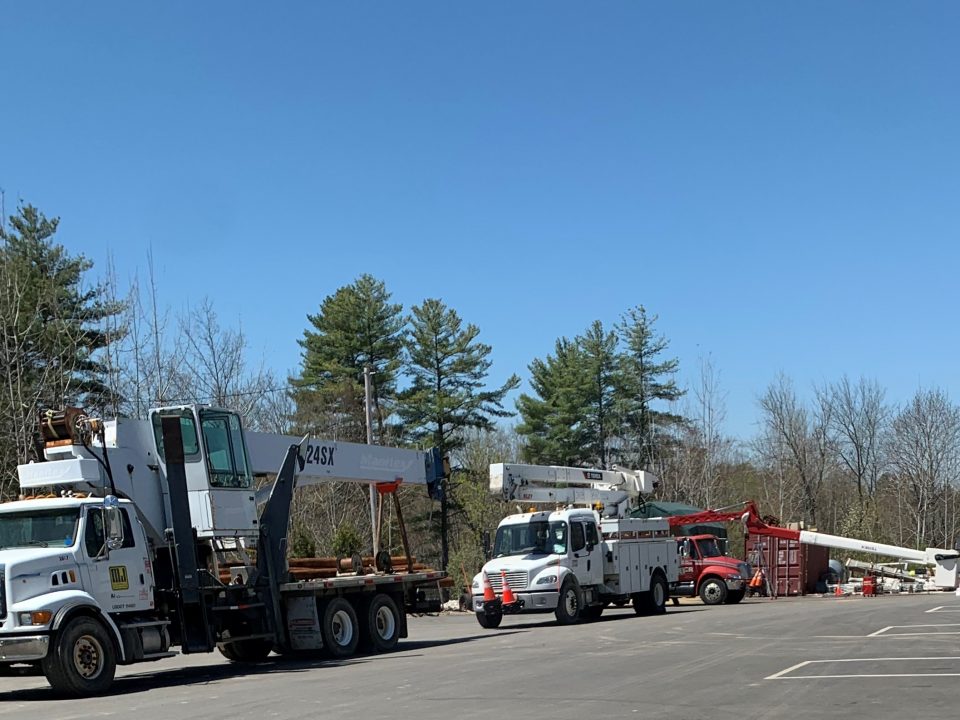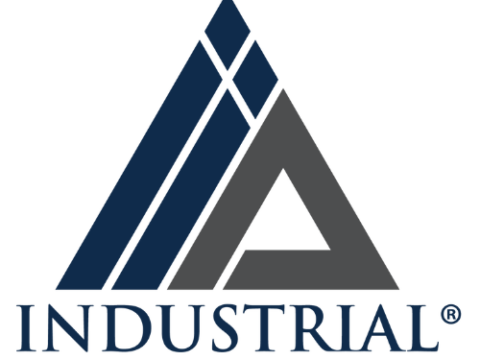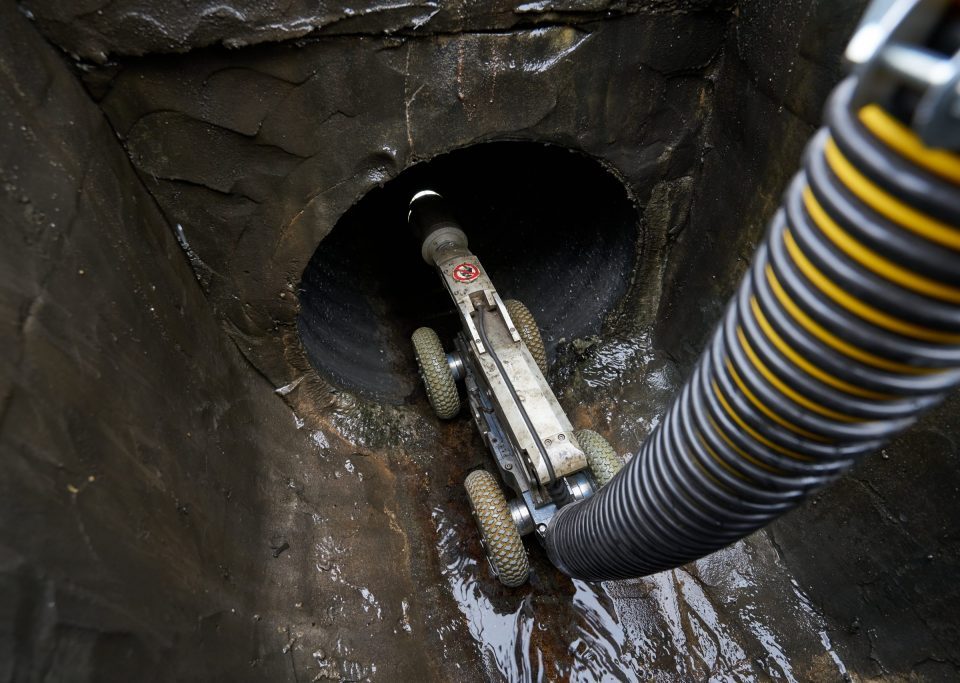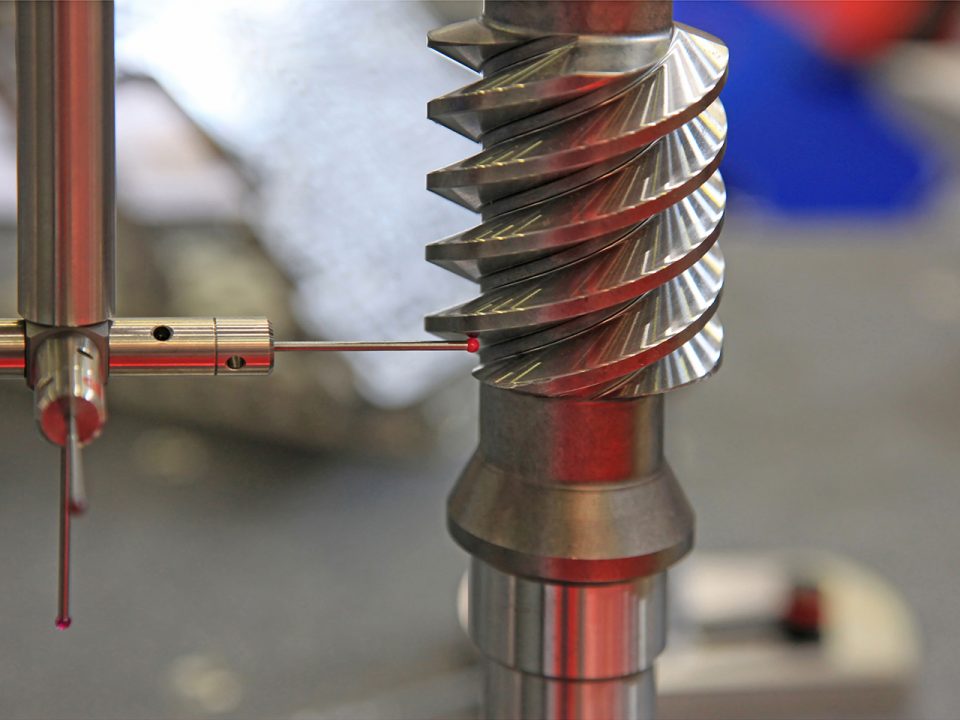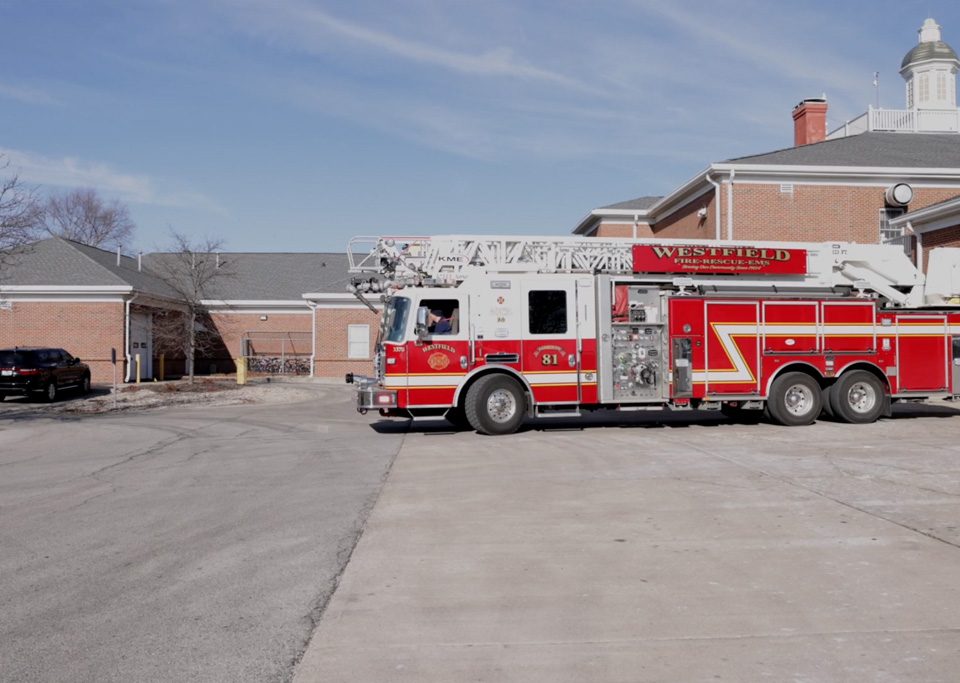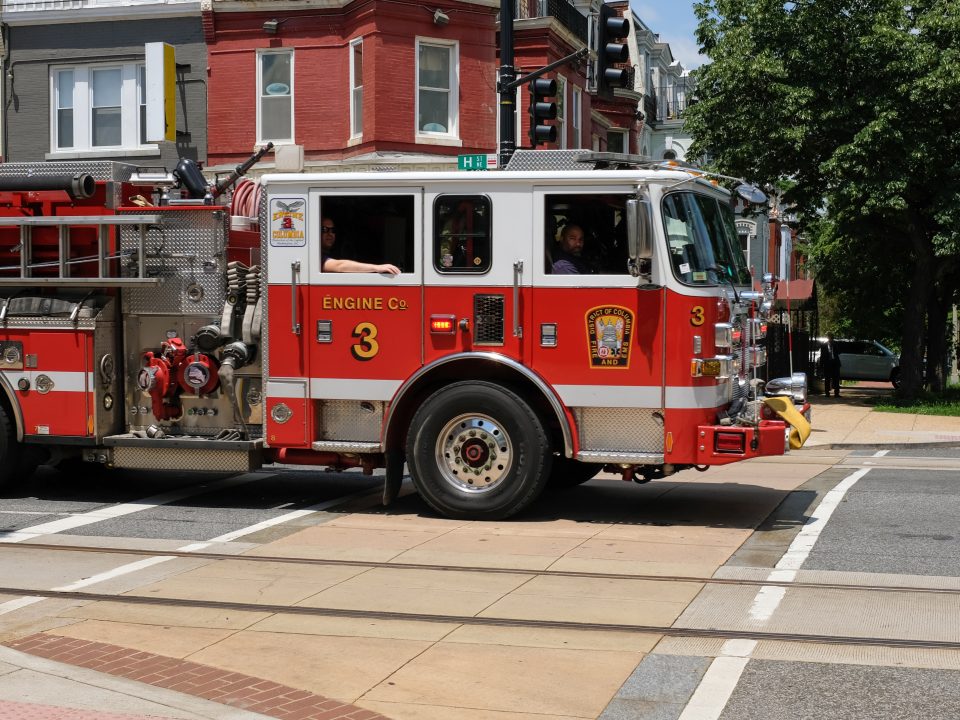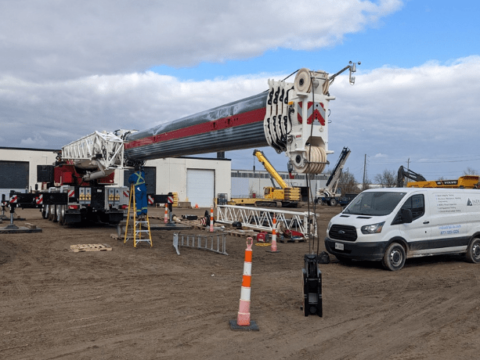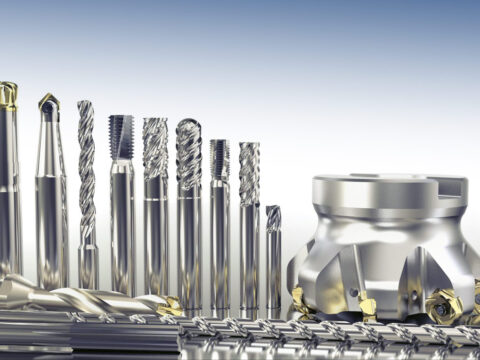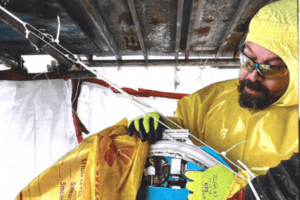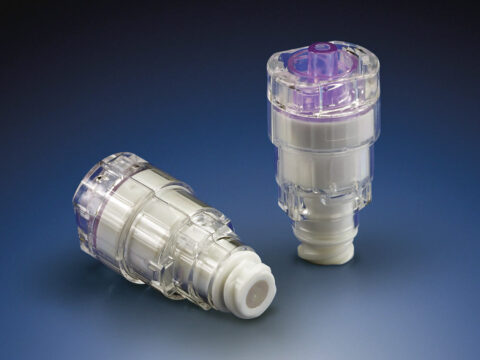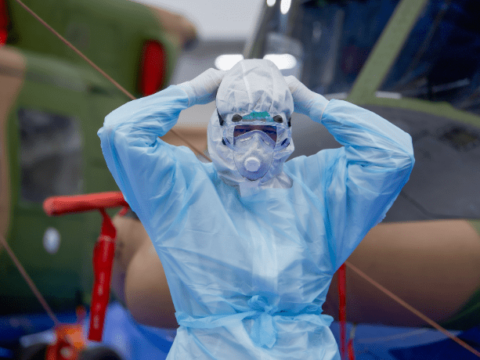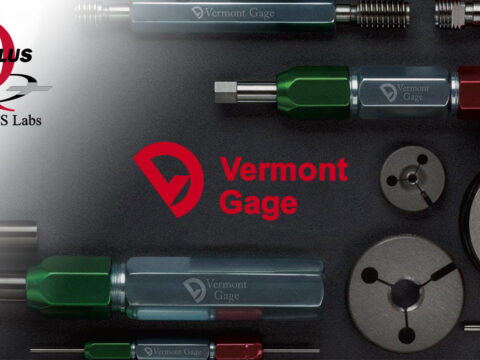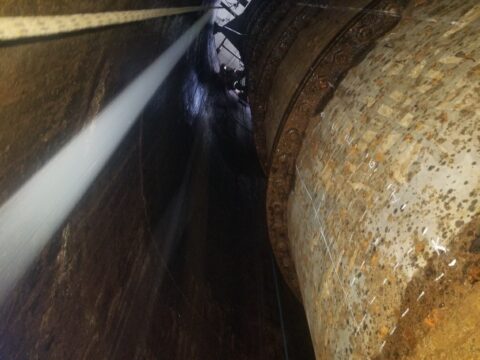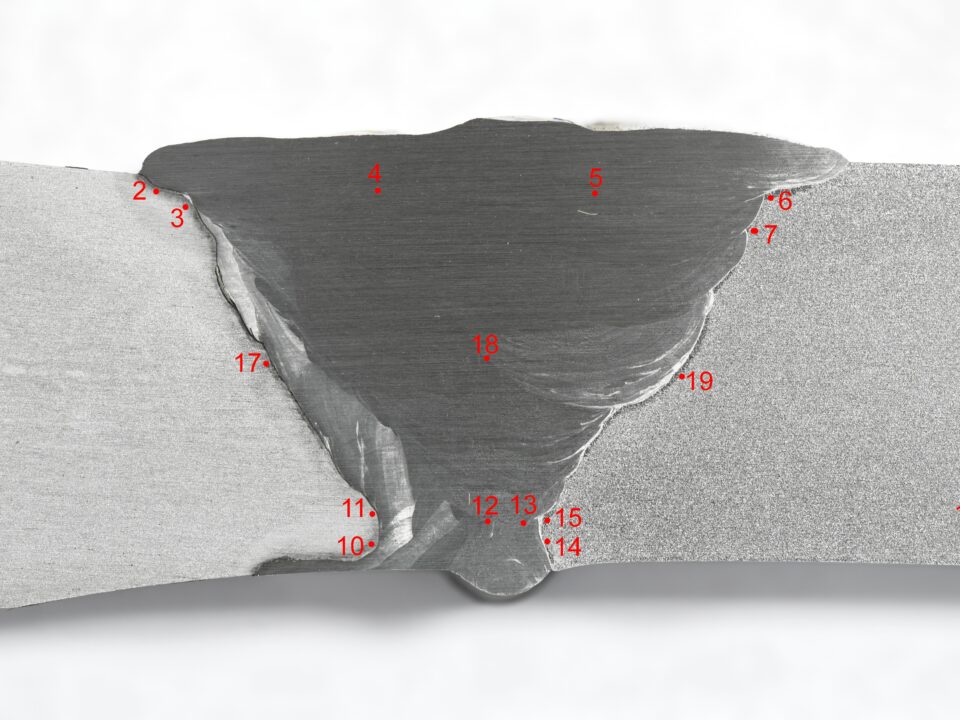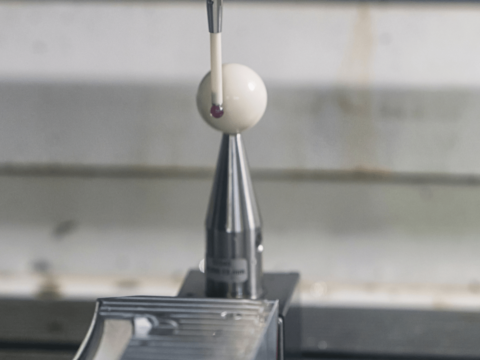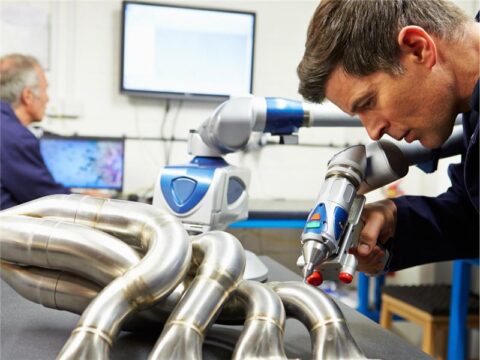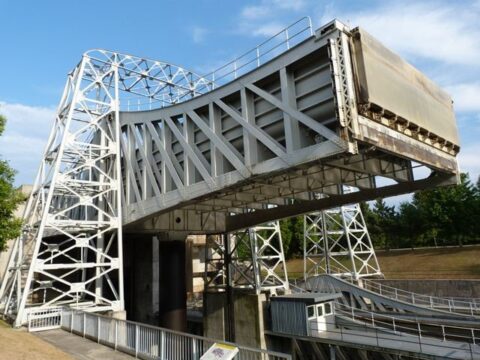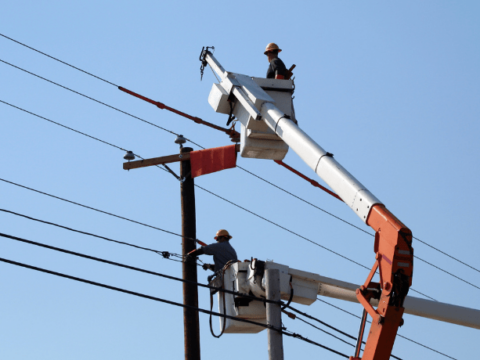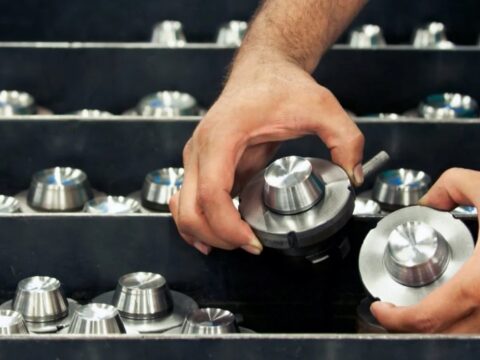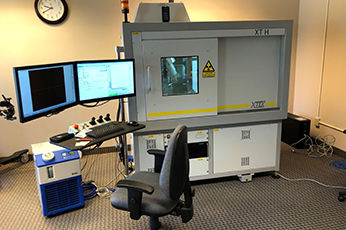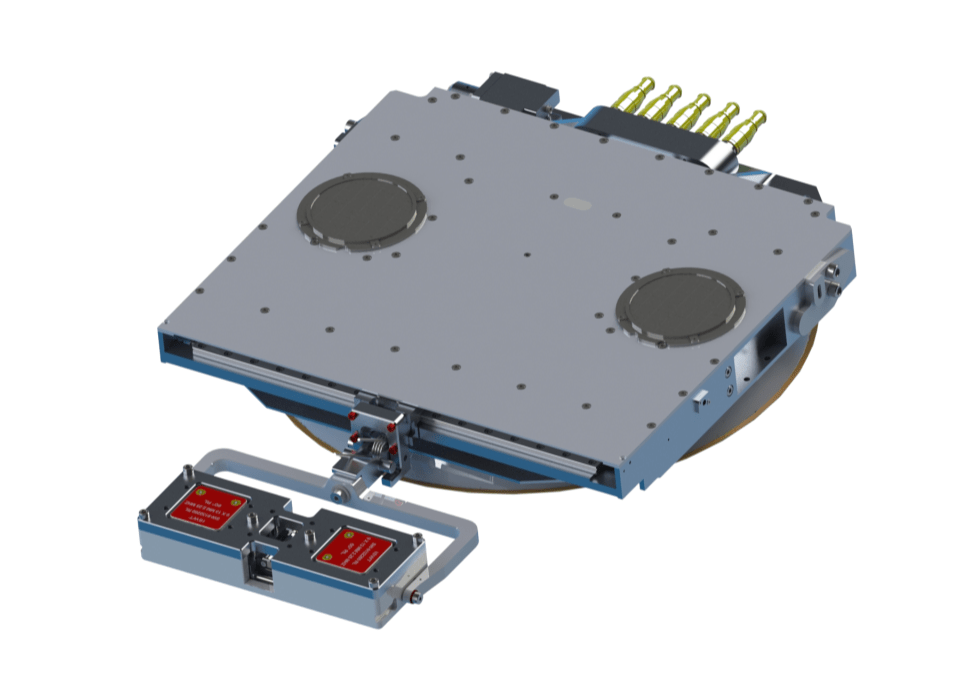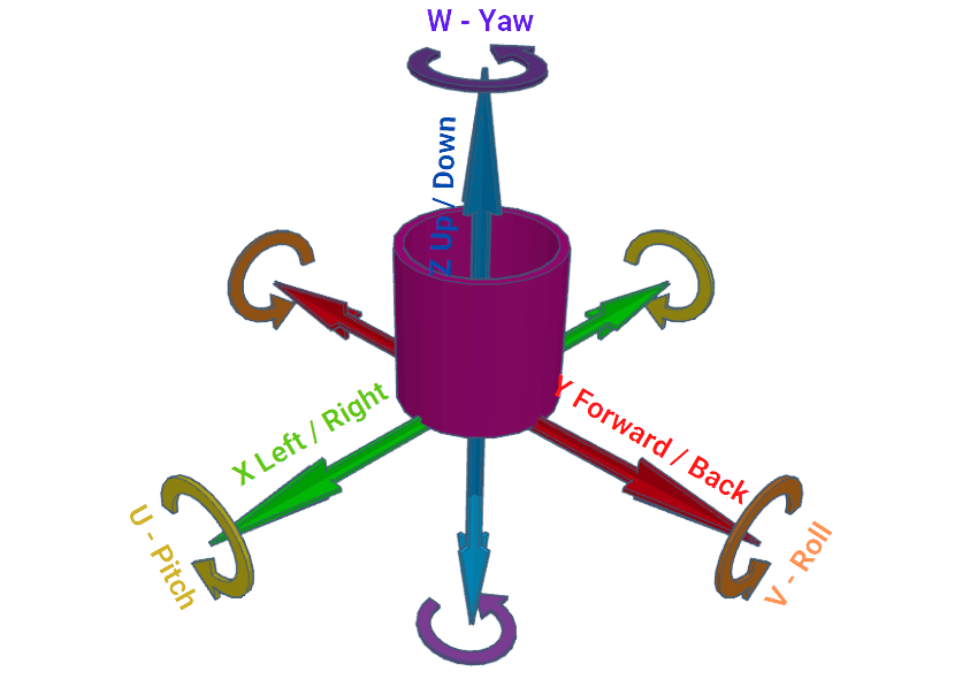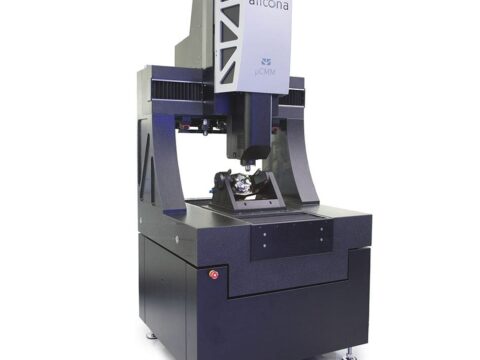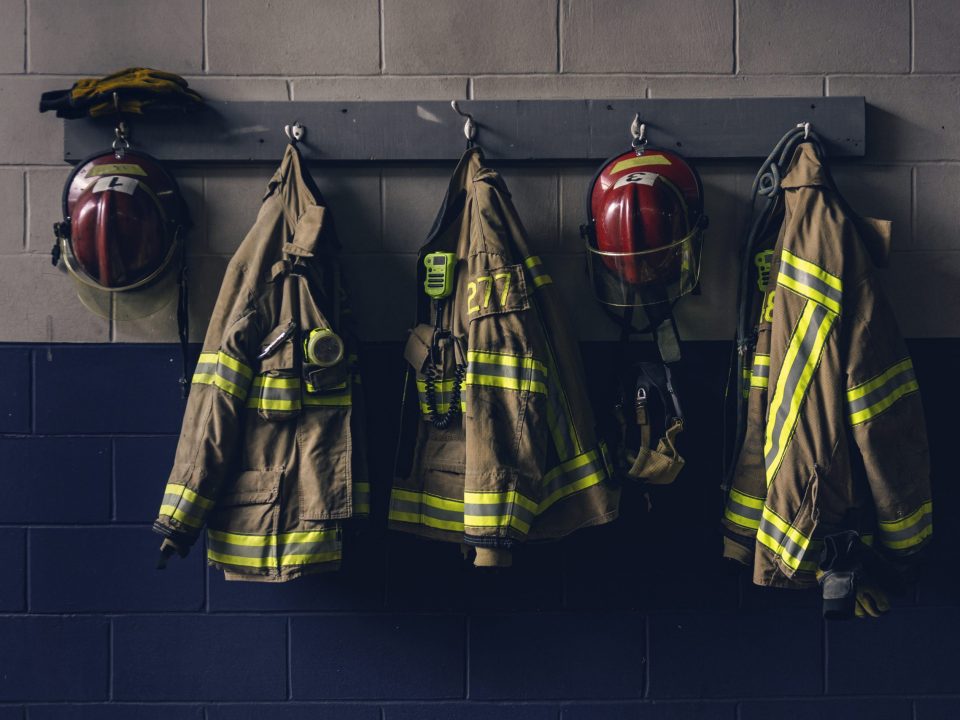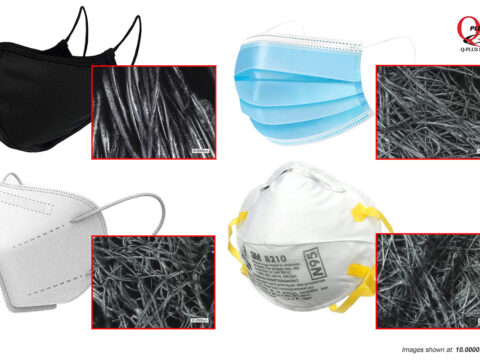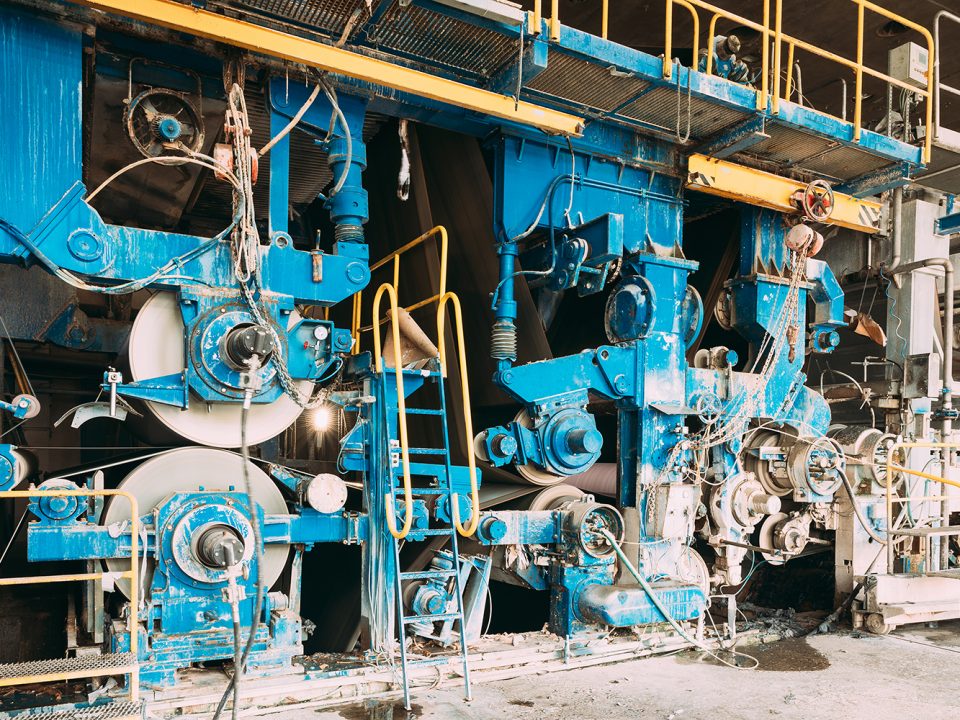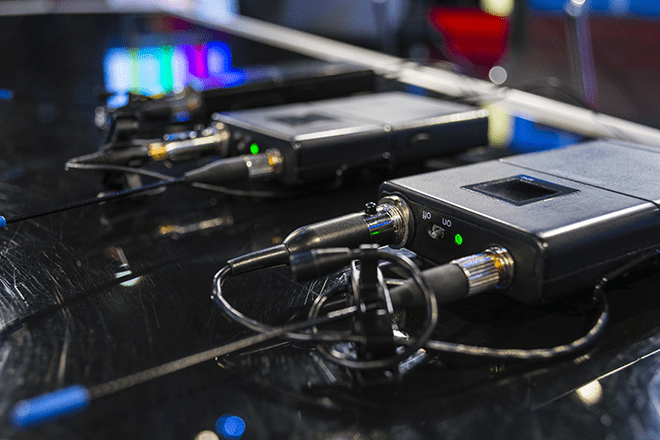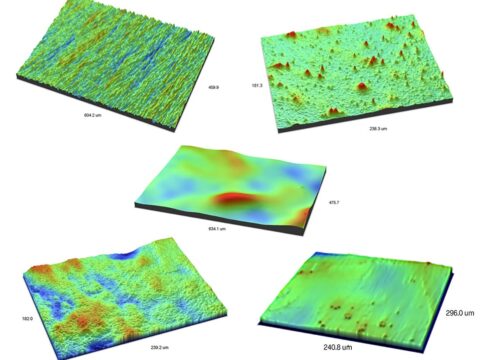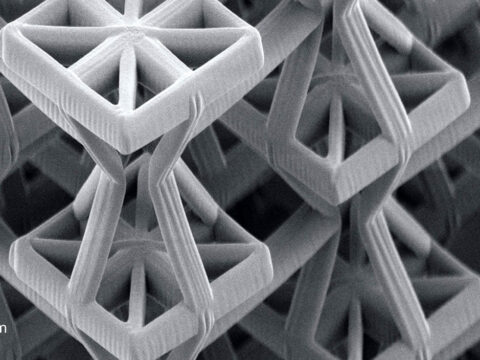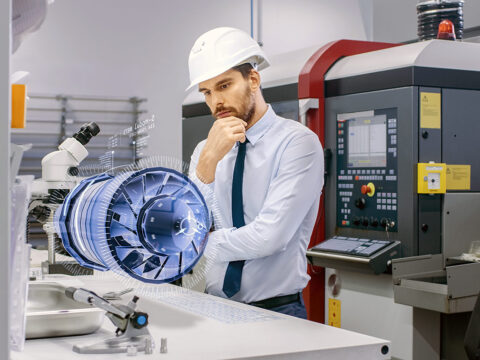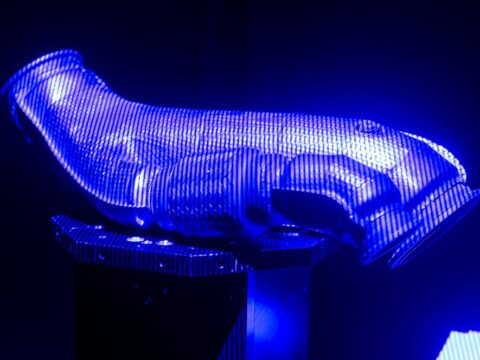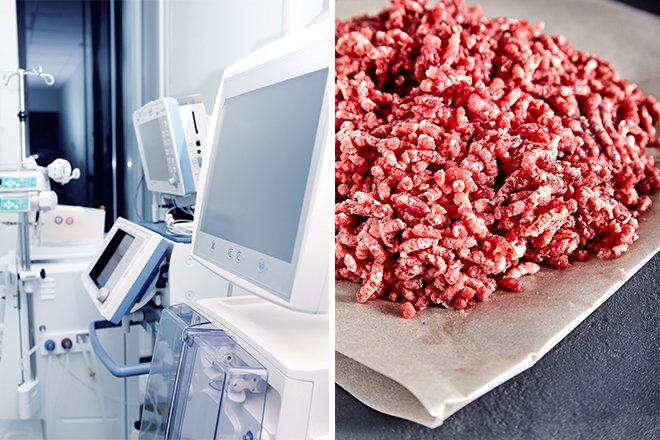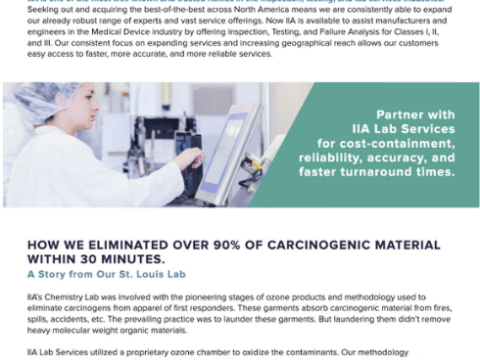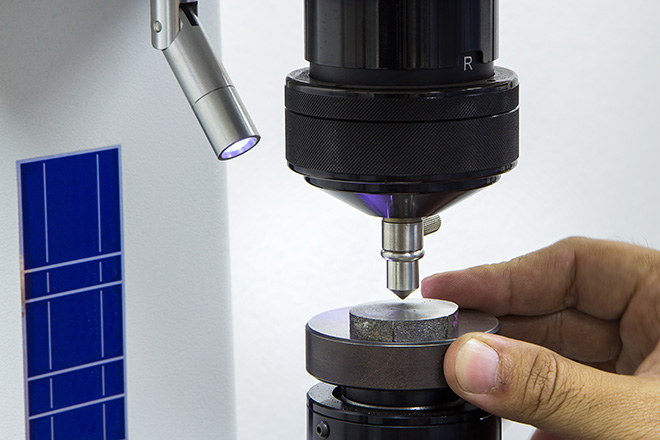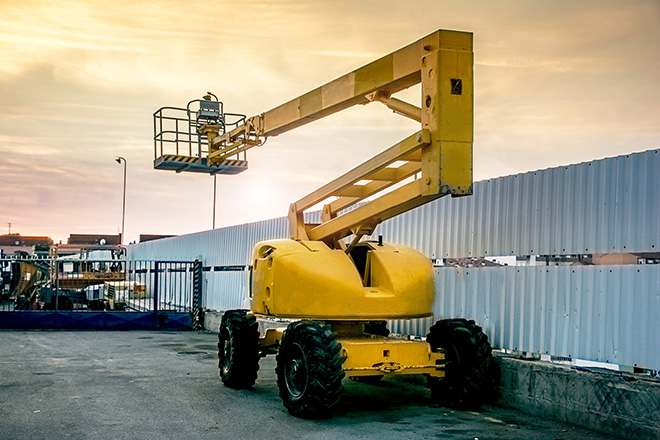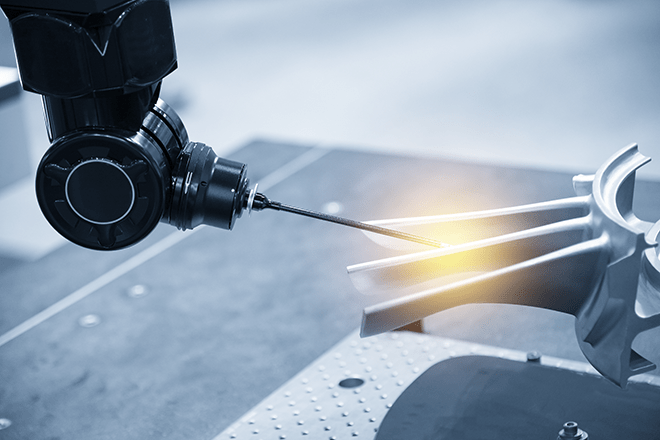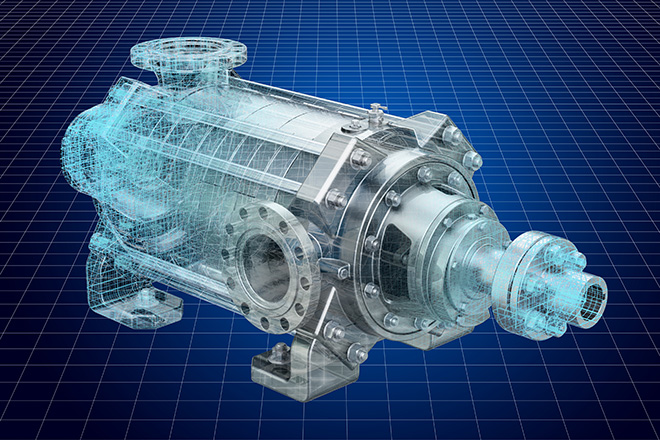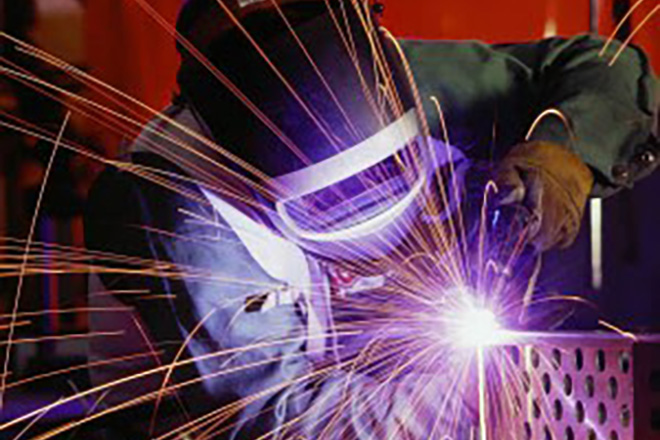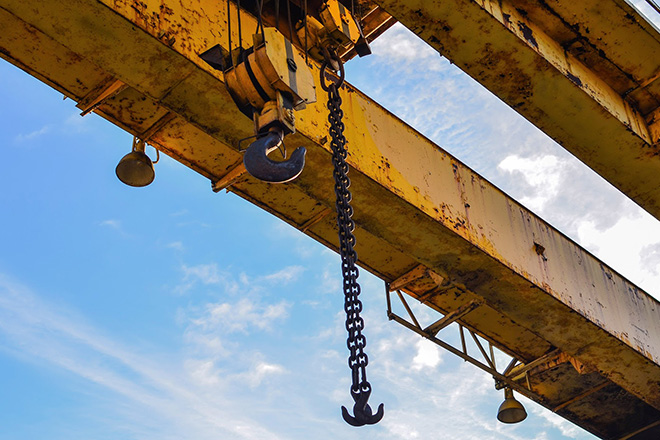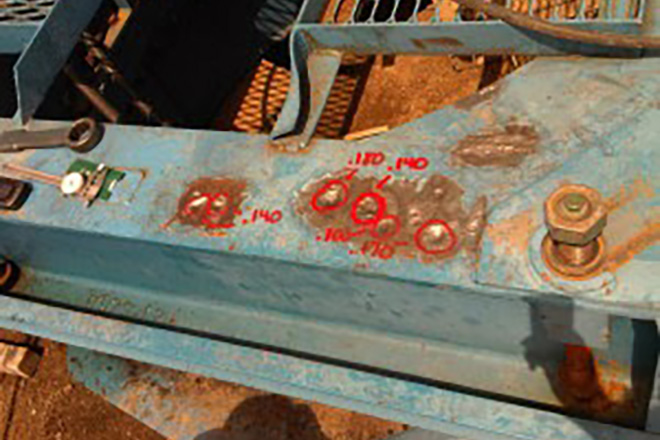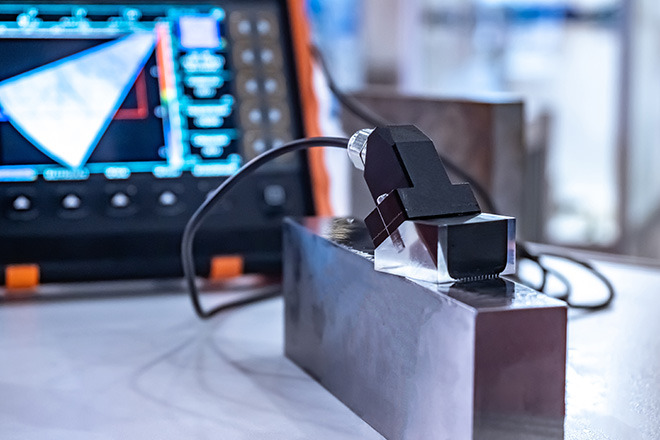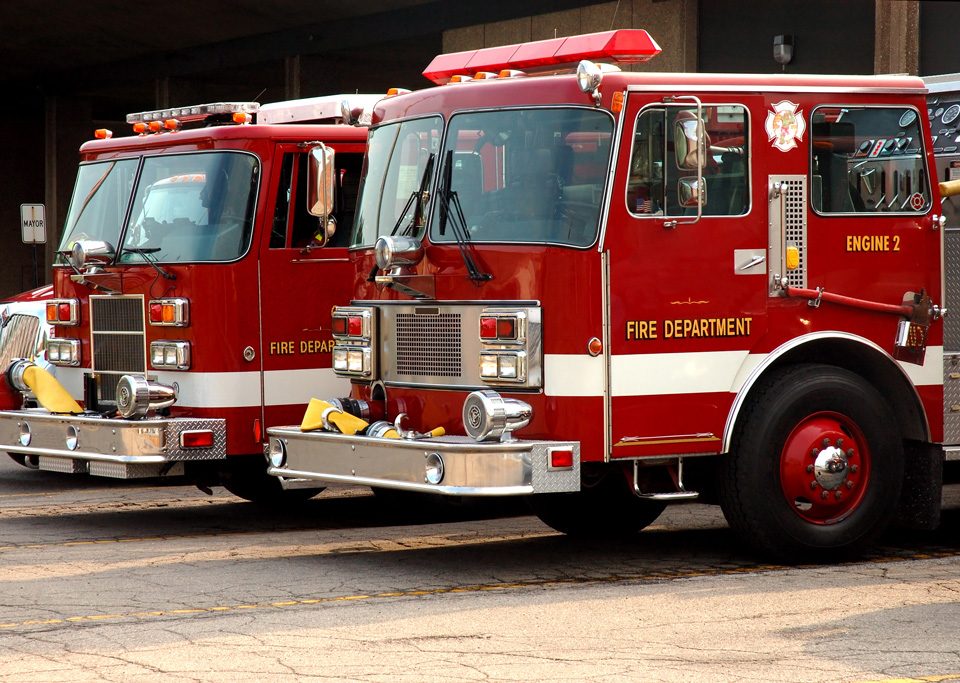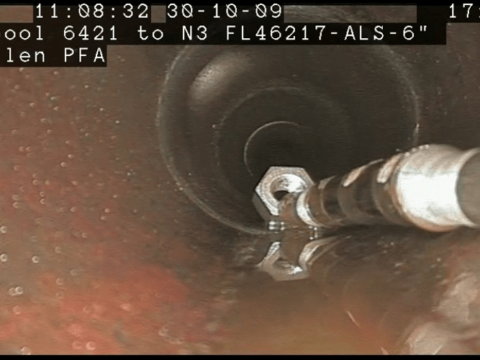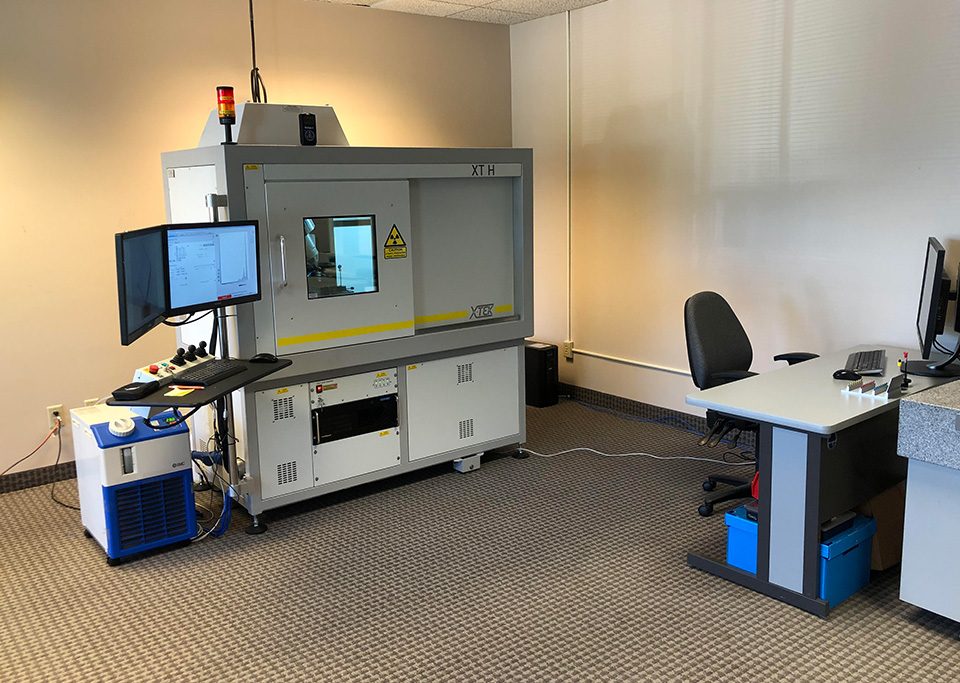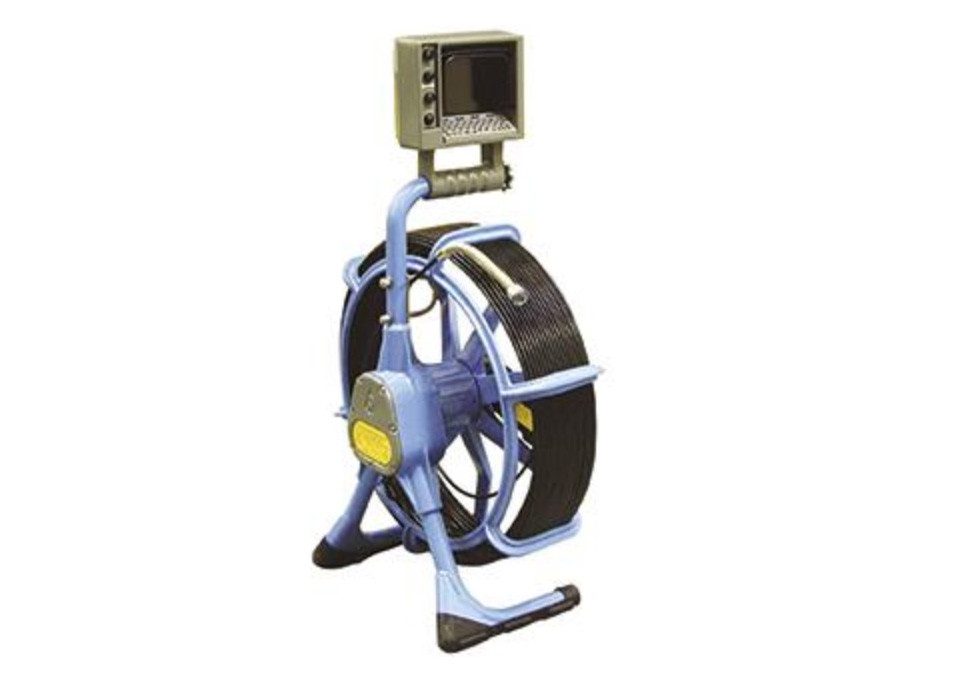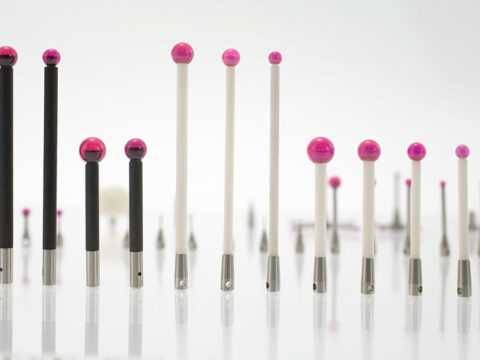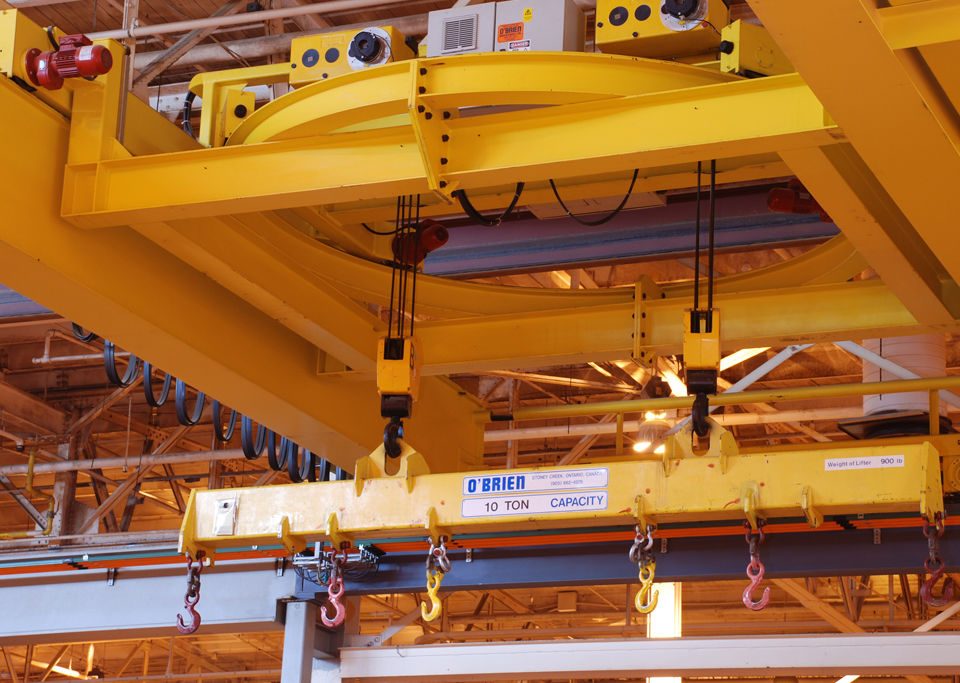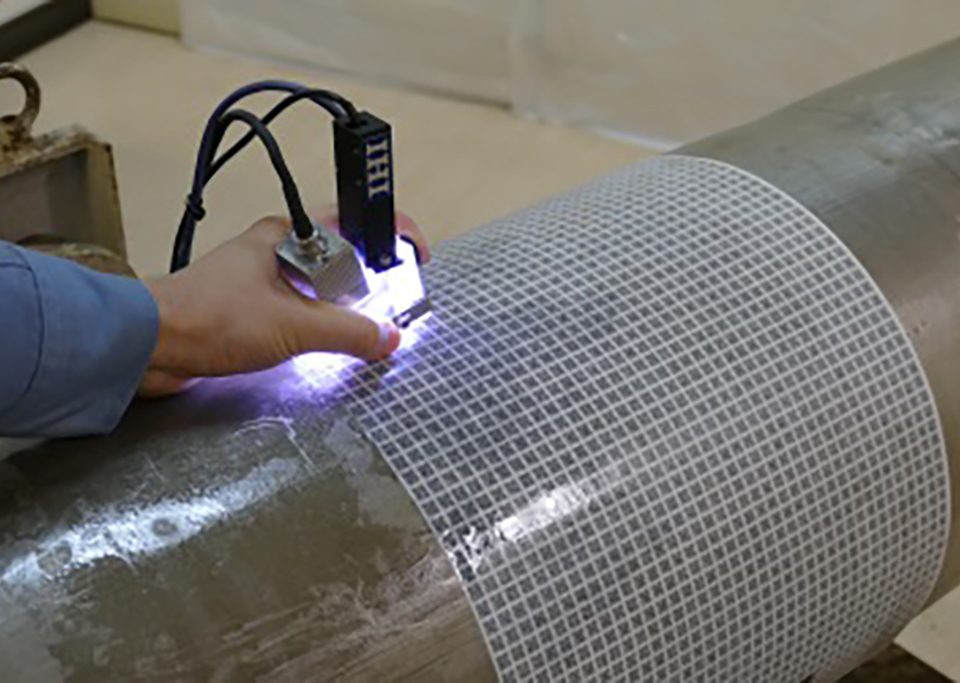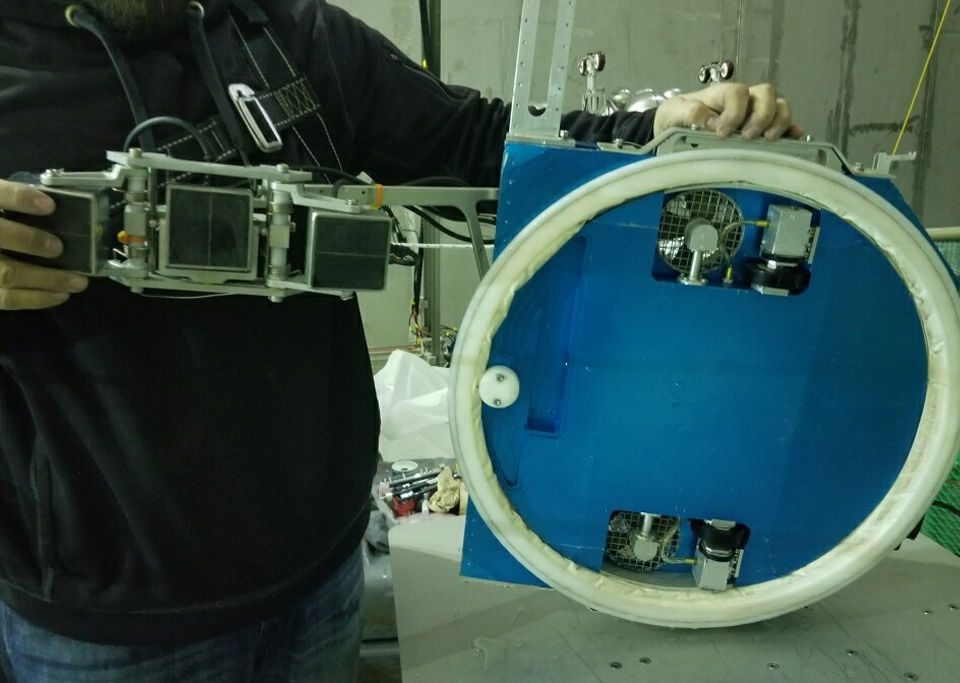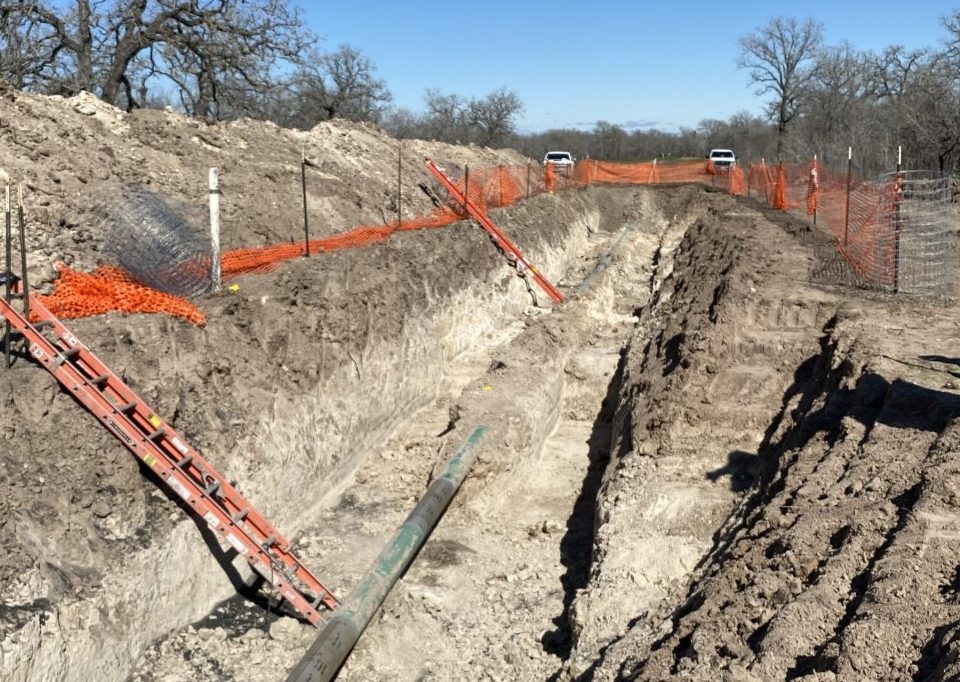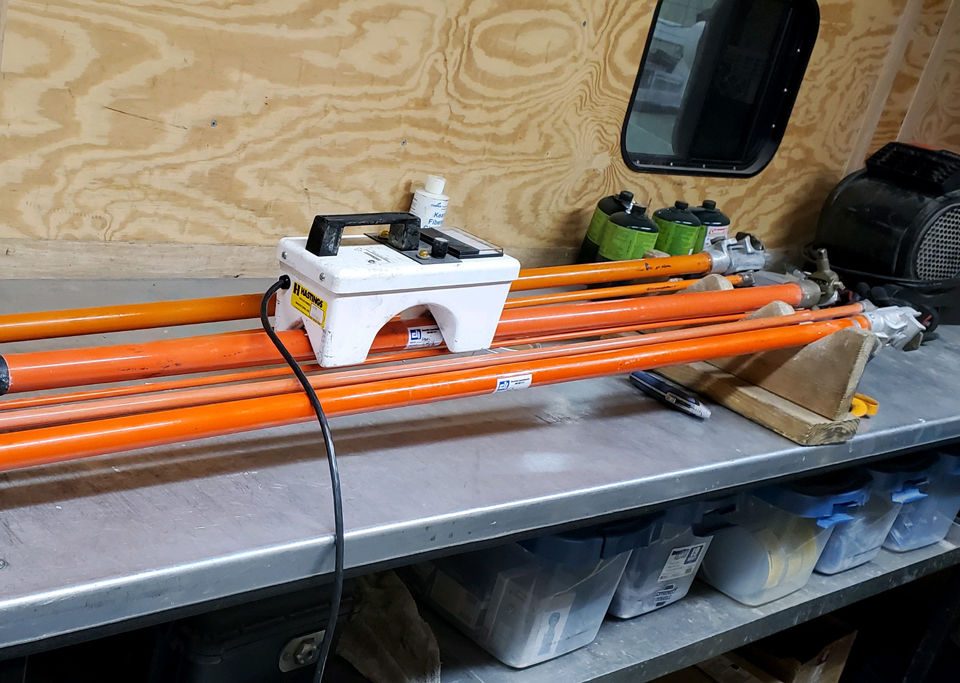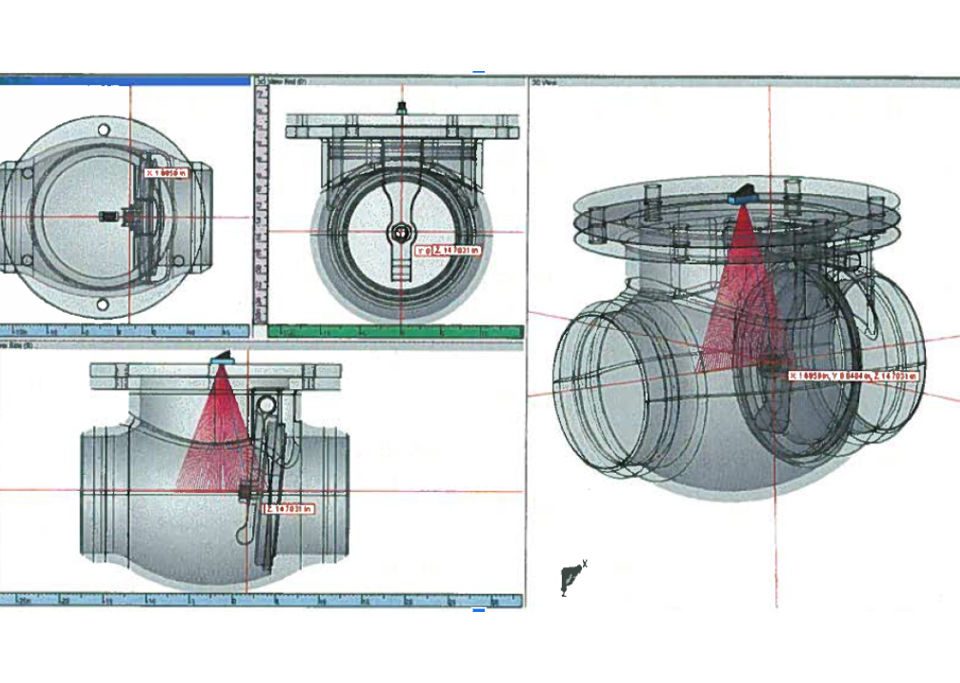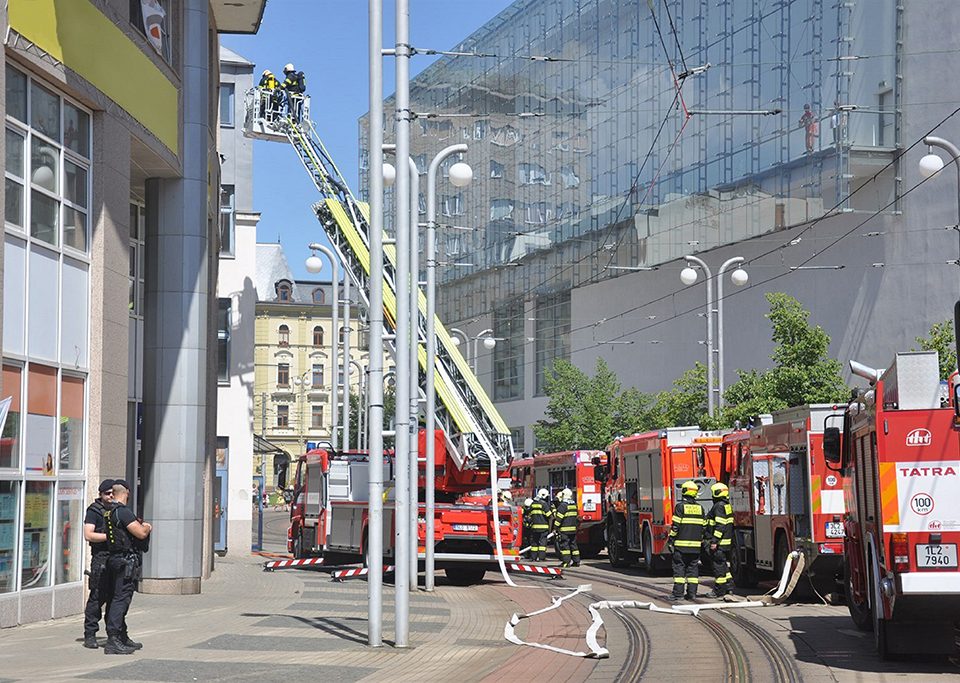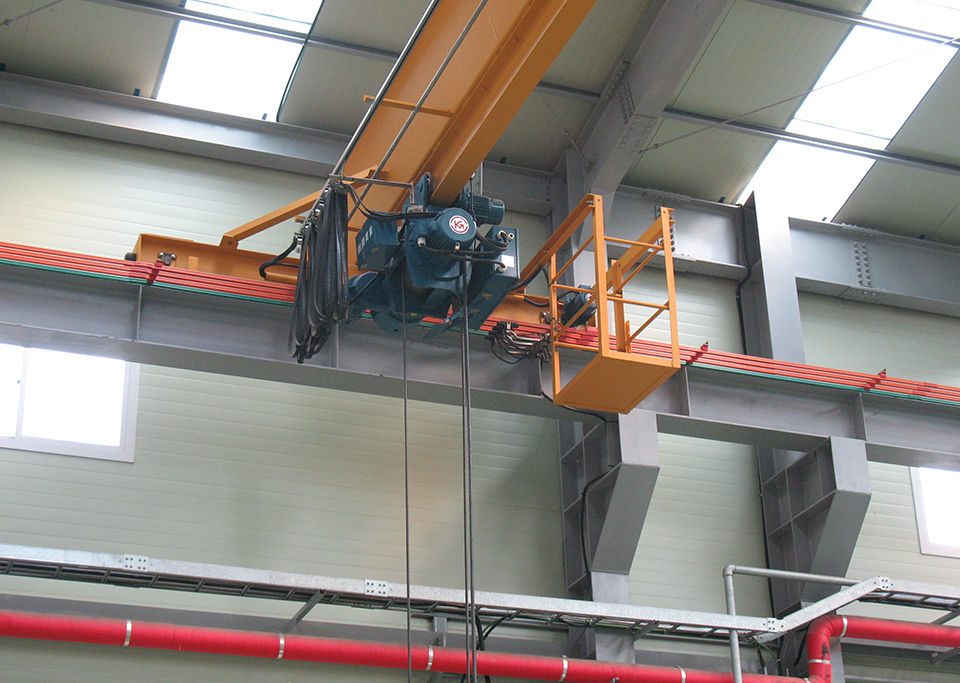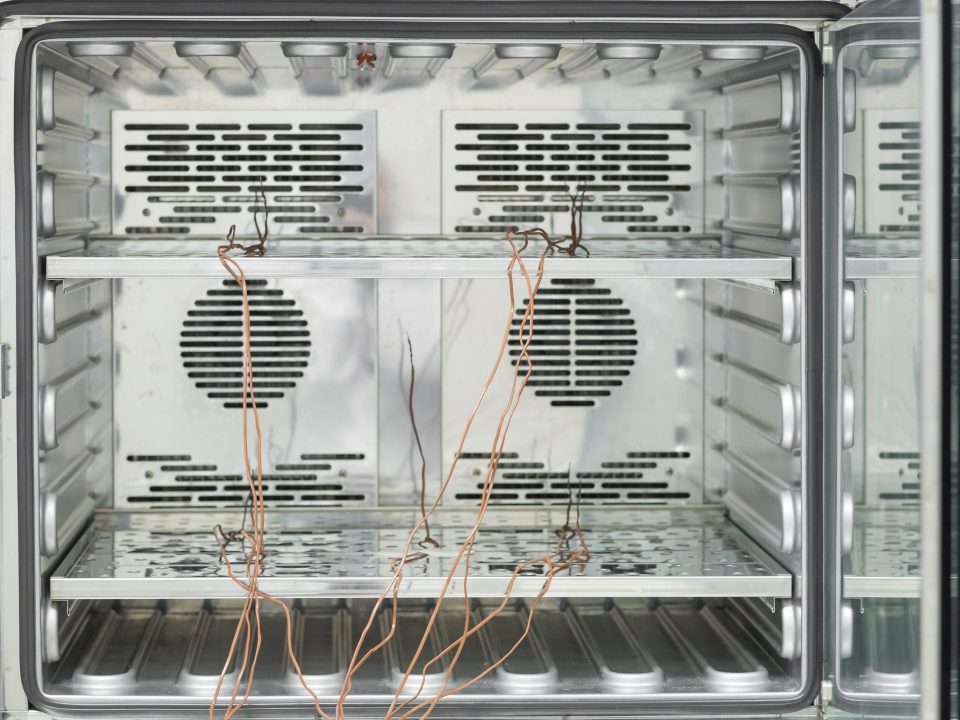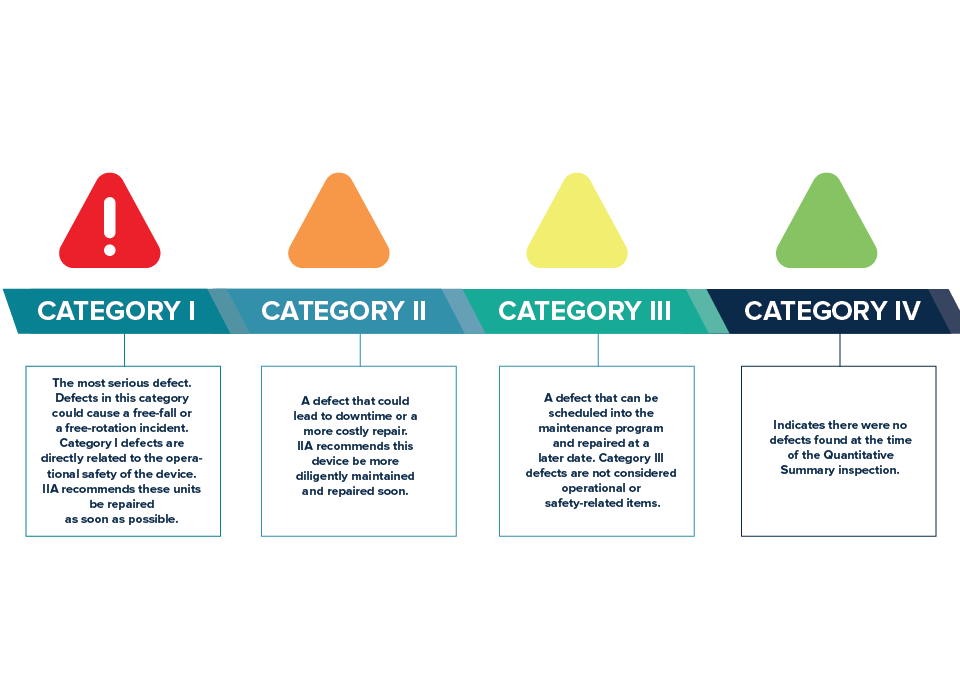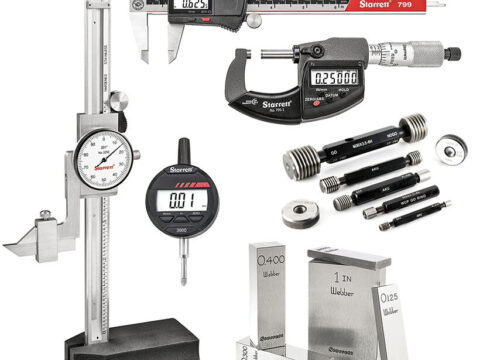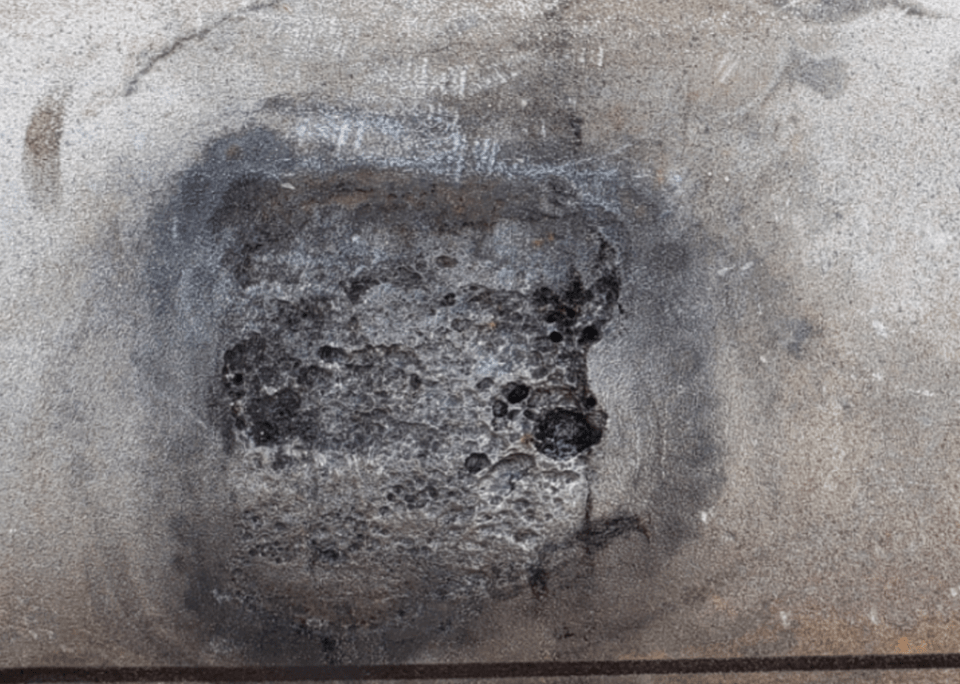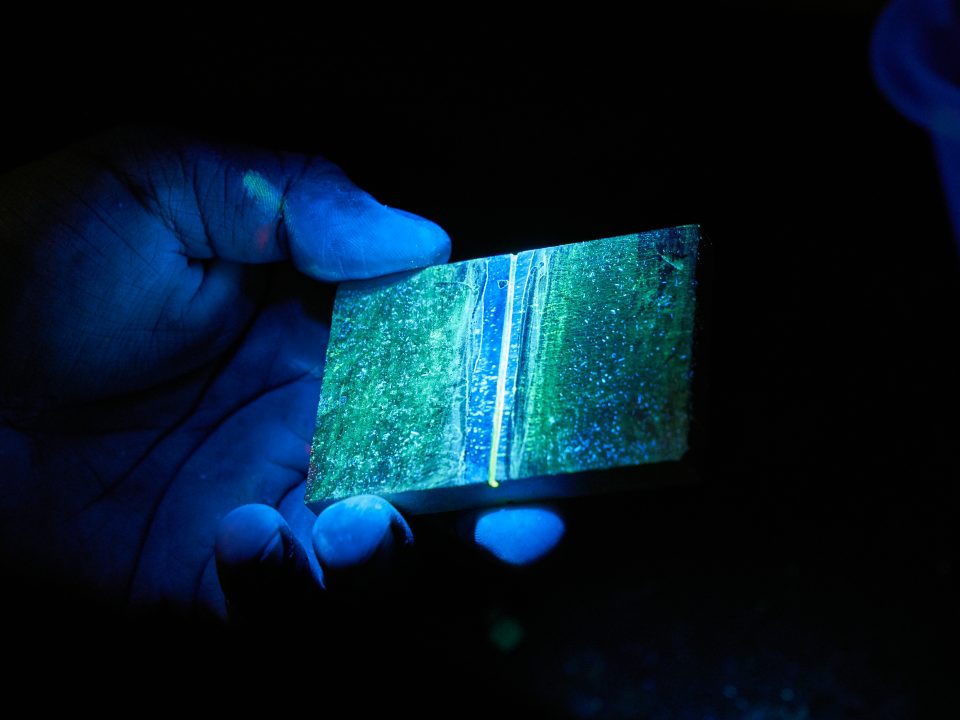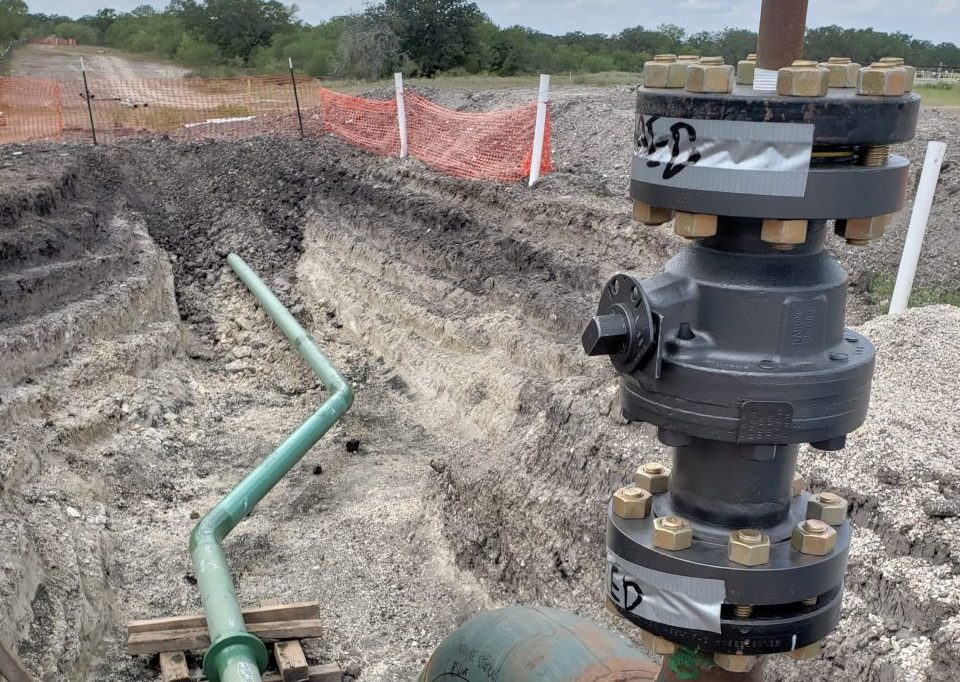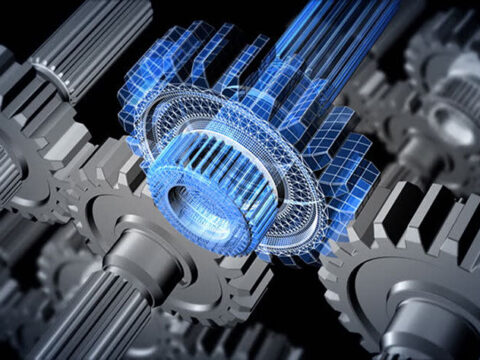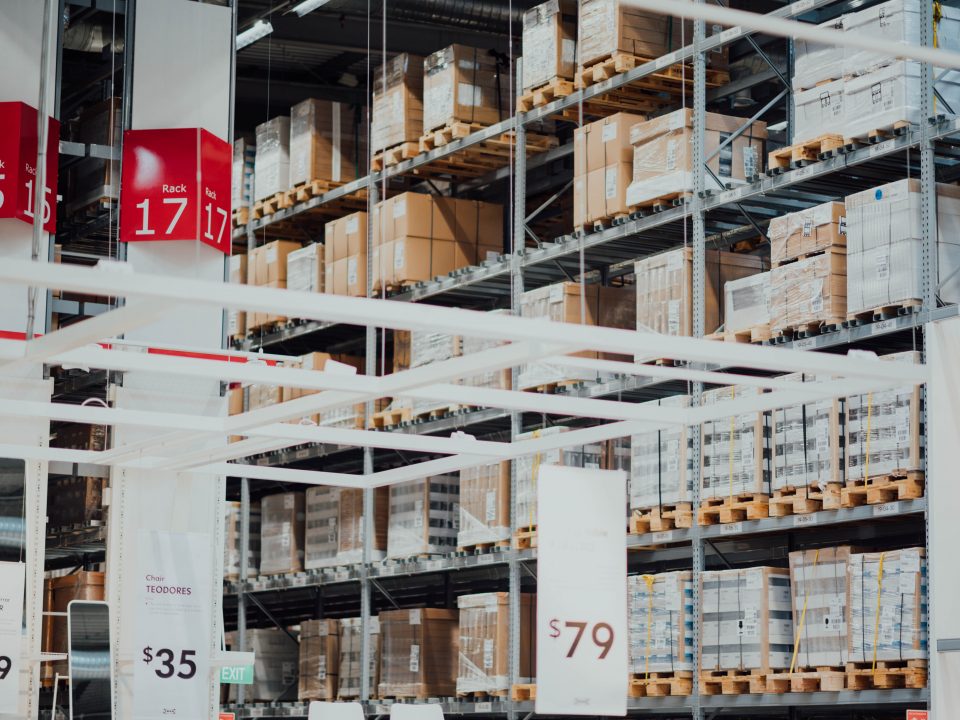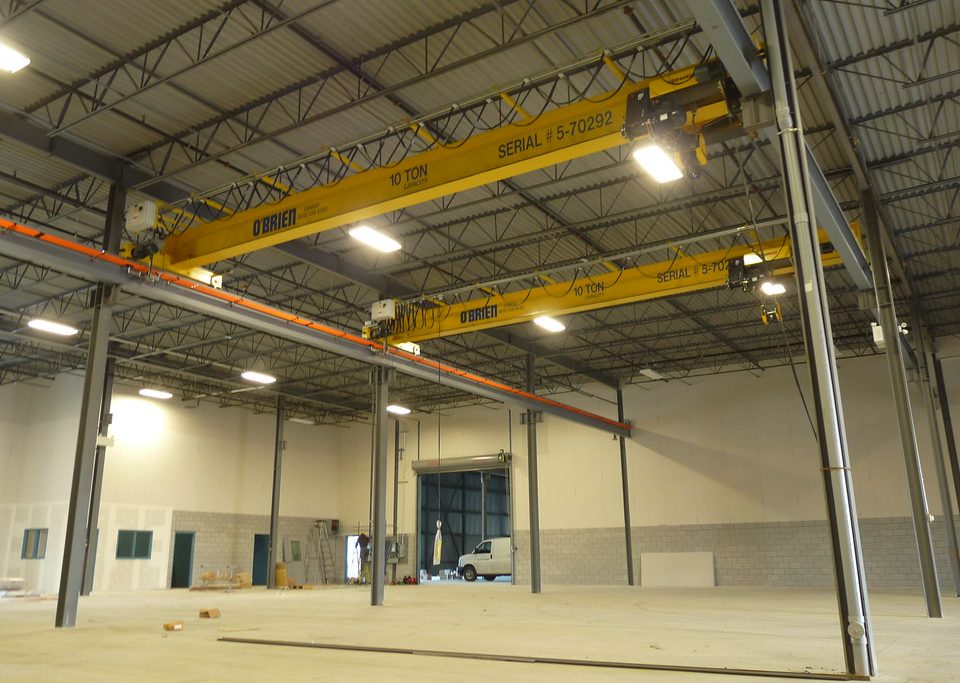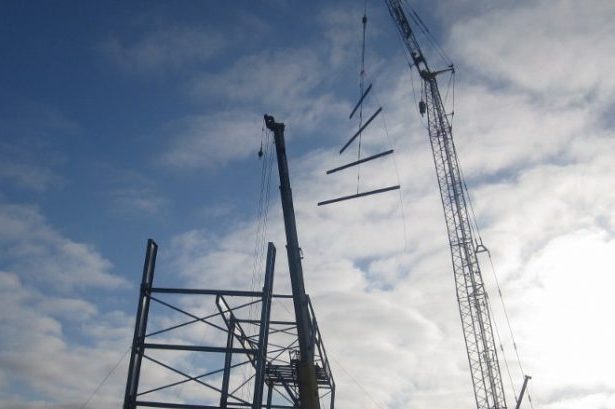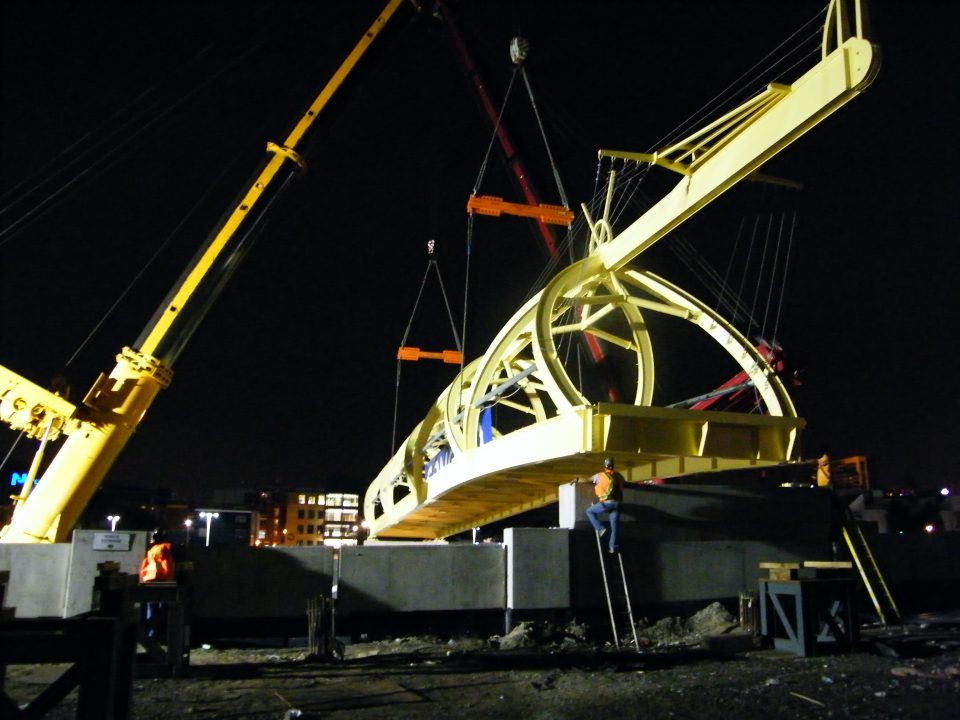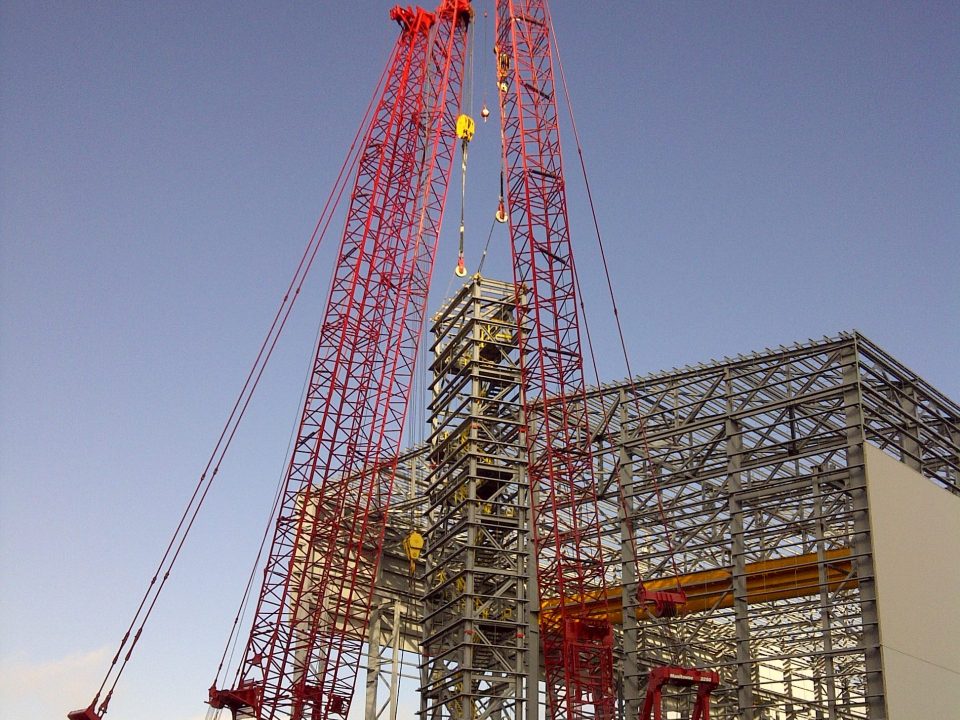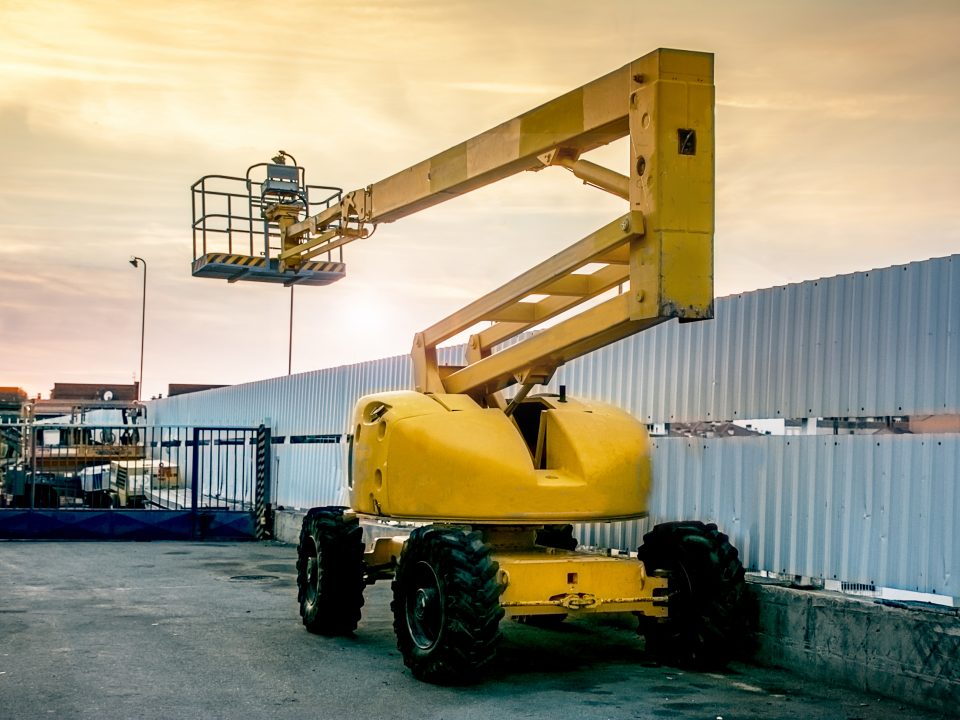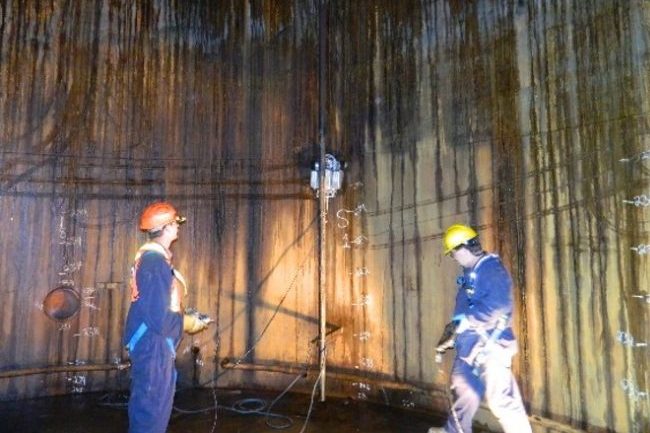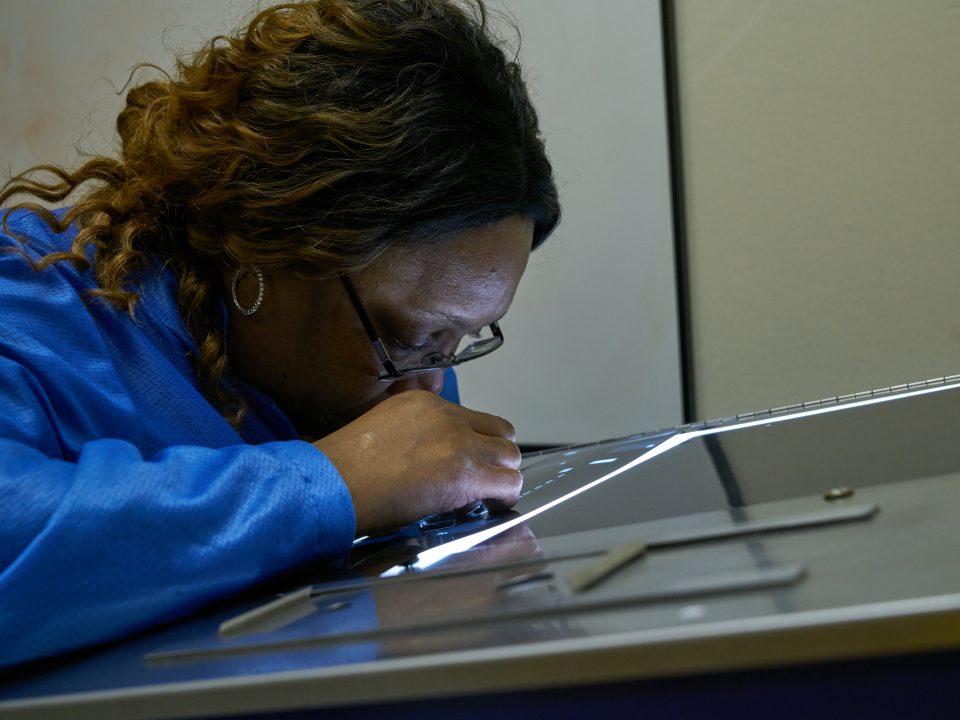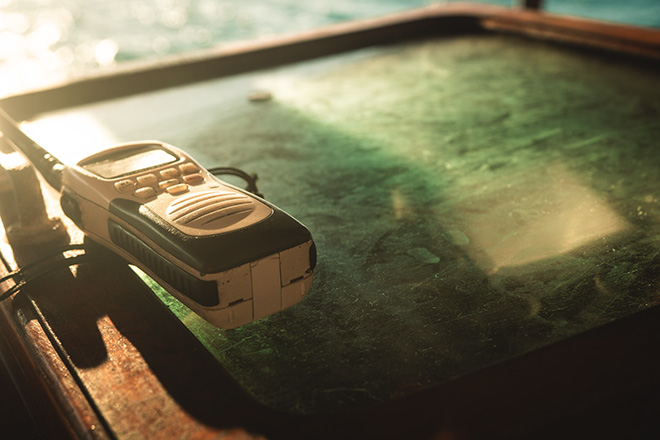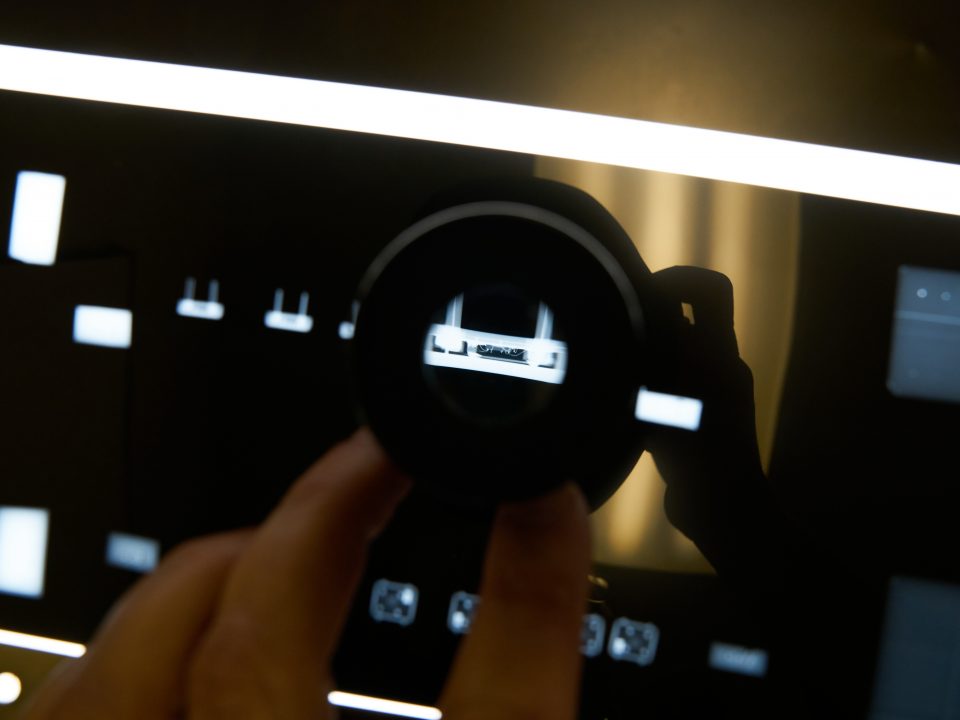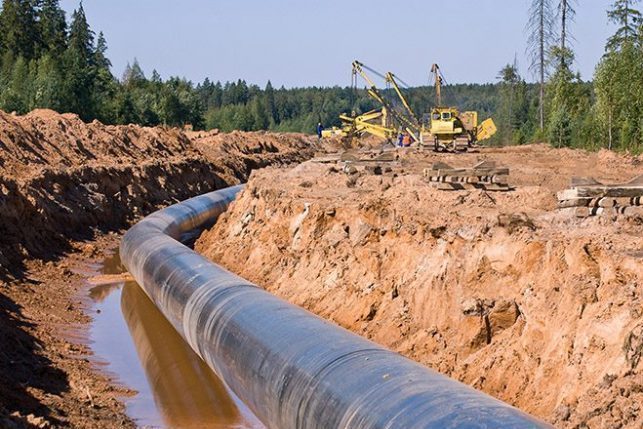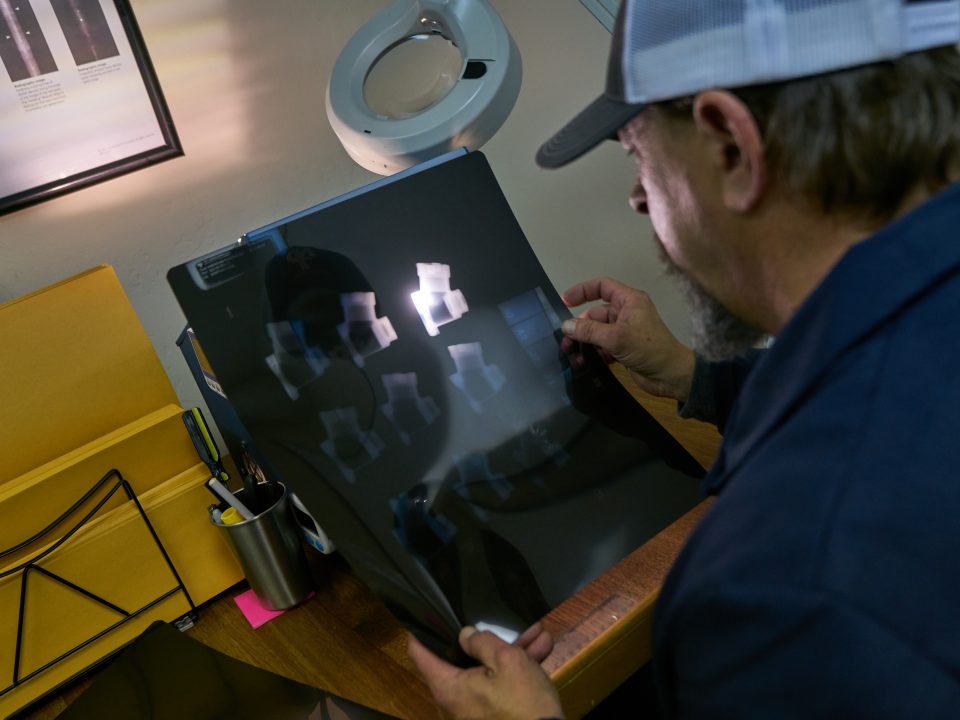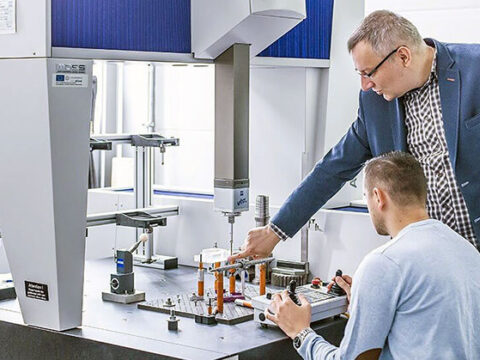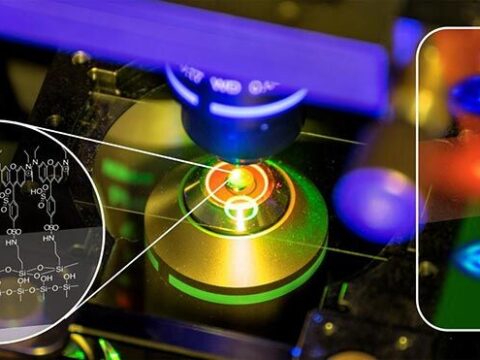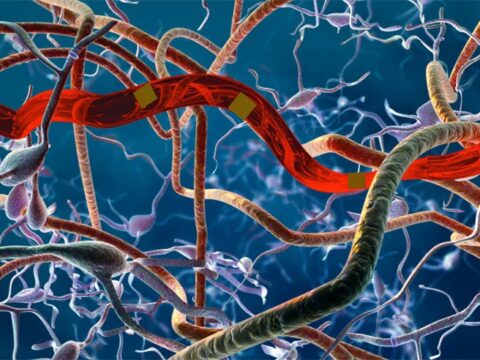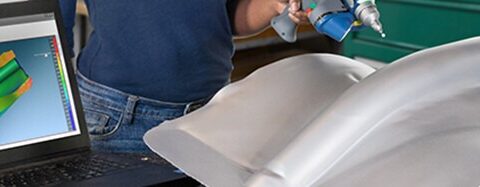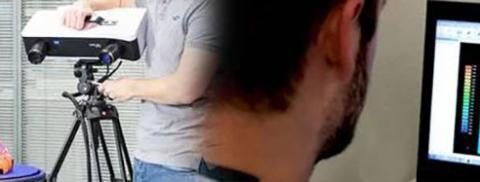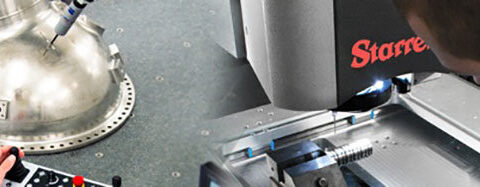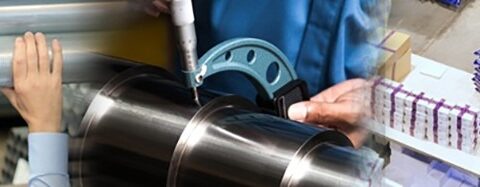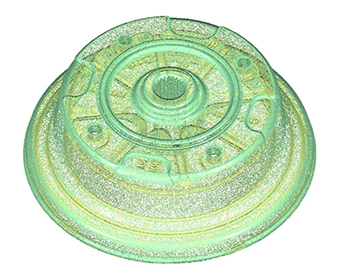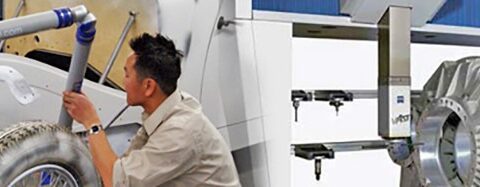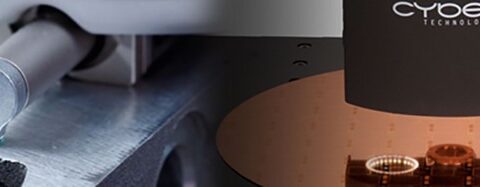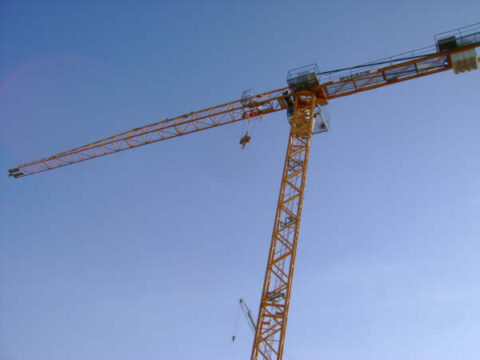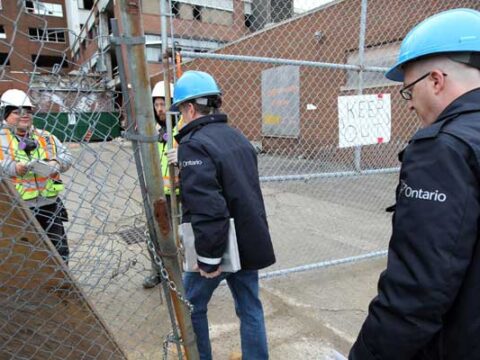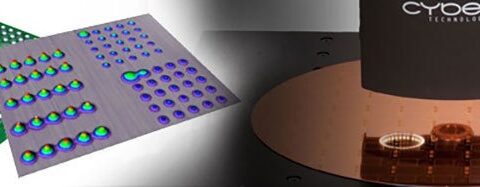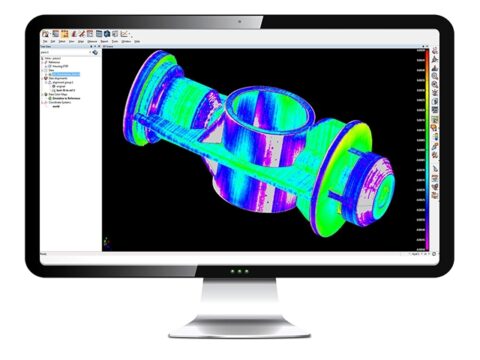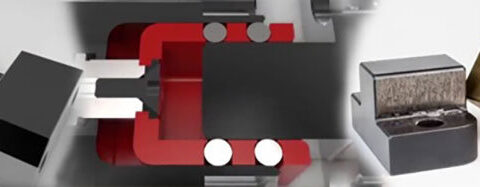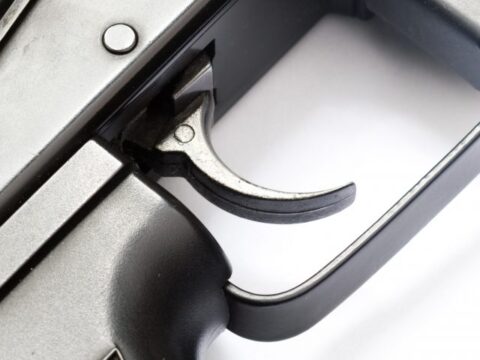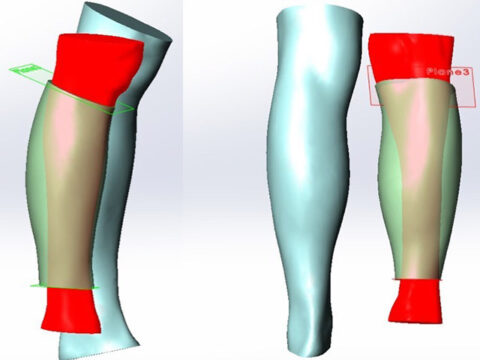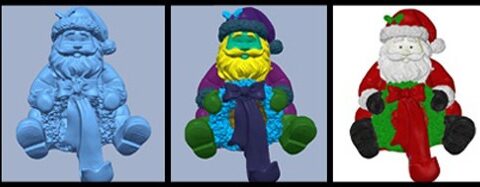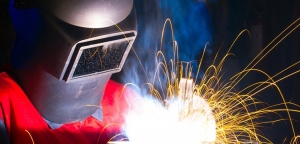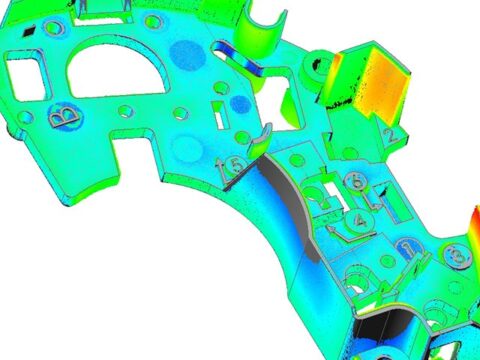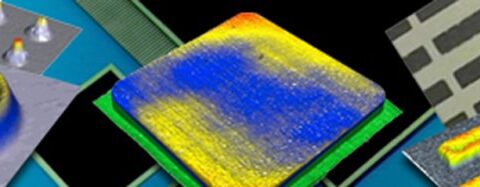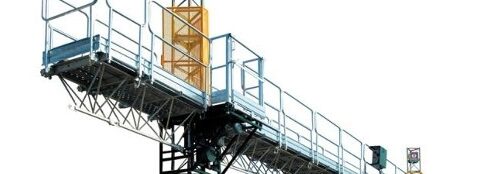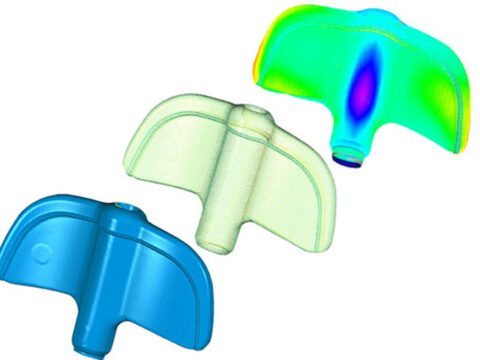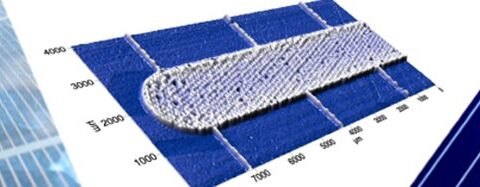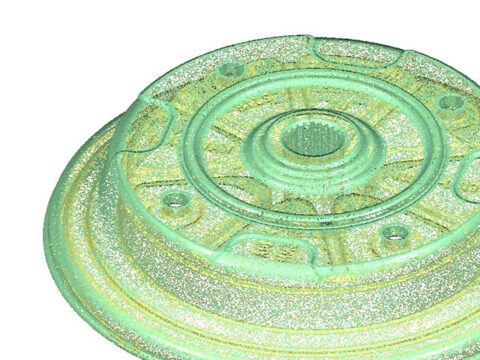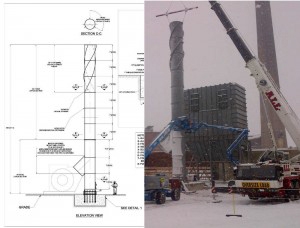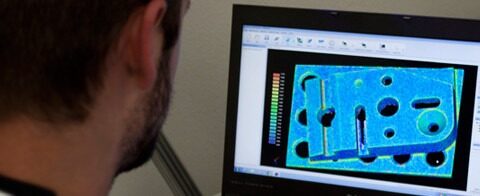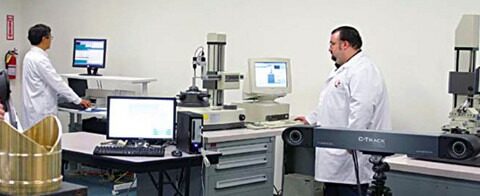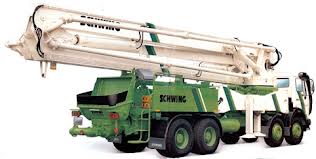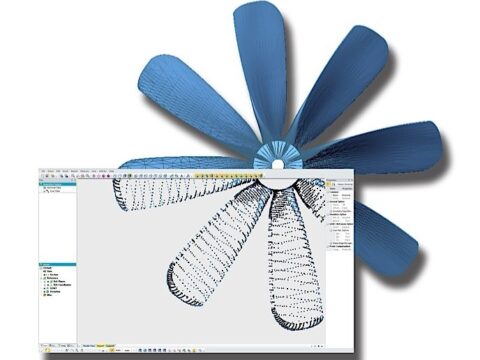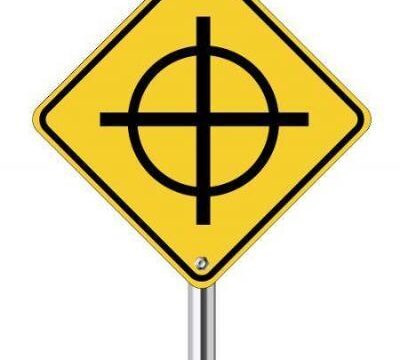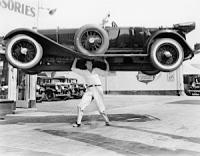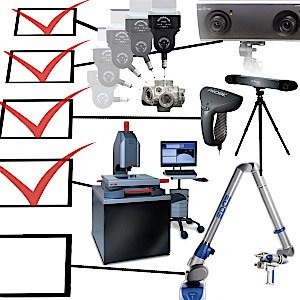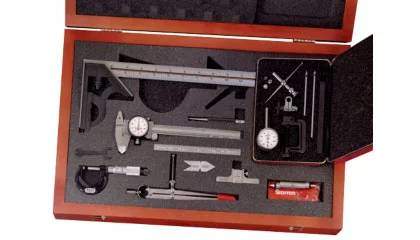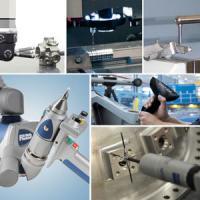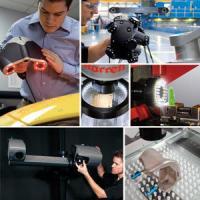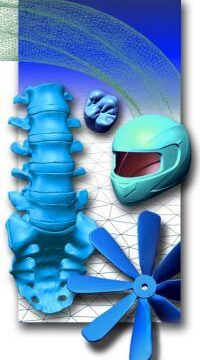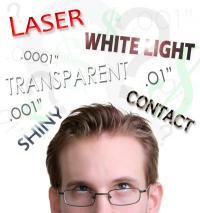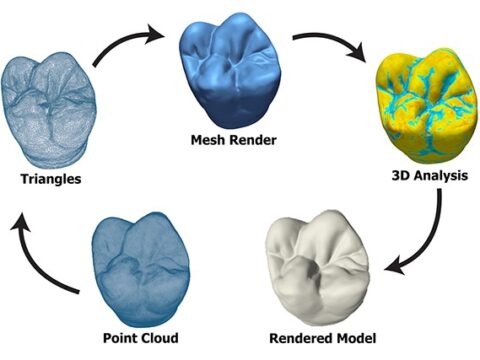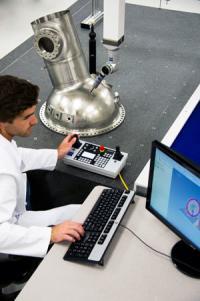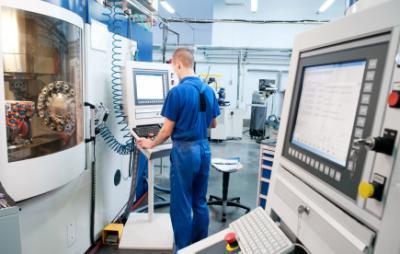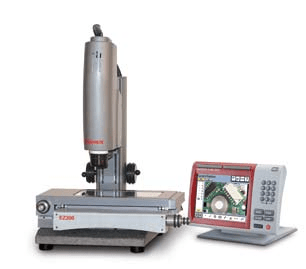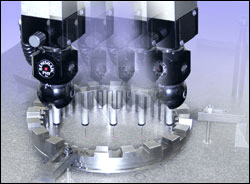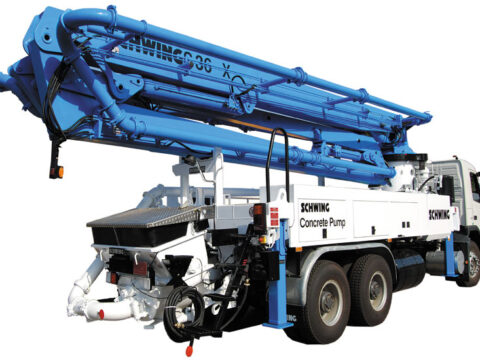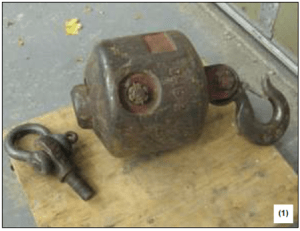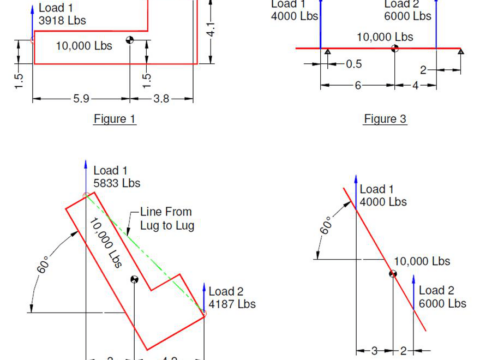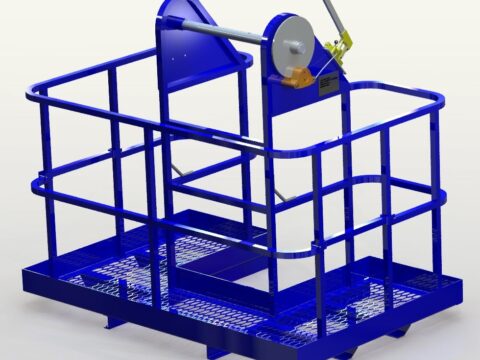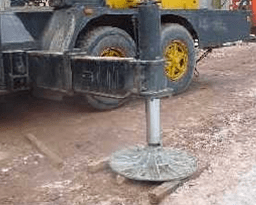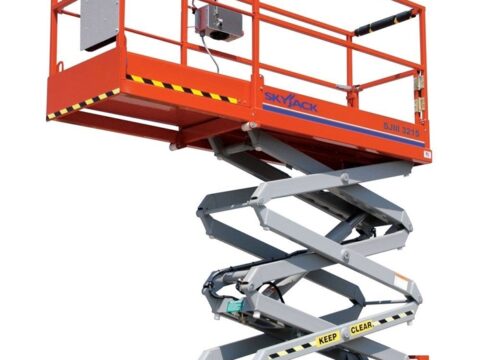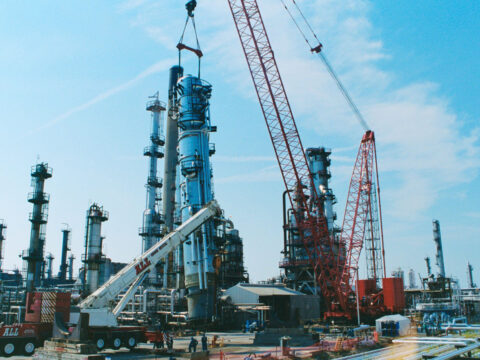IIA Articles
Upholding the Highest Standards: NADCAP-Accredited Tensile Testing Now Available at IIA
A basic form of mechanical testing, tensile testing involves applying a pulling force to a material and measuring how it responds to the stress. The information provided through tensile testing allows engineers to determine if a material is suitable for the planned application, making it a valuable tool in many industries.7 Criteria to Consider When Choosing an Environmental Testing Lab
When evaluating environmental testing labs, it’s important to find a provider with the team and technology to deliver accurate results, meaningful insights, and customer service that meets your needs and expectations.Level Up Quality & Combat Corrosion with NACE-Certified Coating Inspections
Going global, also known as Global Market Access (GMA) or International Type Approvals (ITA), is the complex process by which manufacturers demonstrate that their product complies with all applicable regulatory standards in the country where it will be marketed and sold. When navigated successfully, the GMA process grants businesses the right to legally sell a product in a specific country or region.Magnetic Flux Leakage (MFL): A Superior Screening Tool for Tank & Pipeline Integrity
From oil transportation to chemical storage, industrial tanks and pipelines play a vital role in many industries. Magnetic flux leakage (MFL) testing is a powerful tool to ensure the safety and structural integrity of these and other critical steel infrastructure, and it’s one of our specialties at Industrial Inspection & Analysis (IIA).Going Global? 6 Questions to Consider As You Embark on Your Global Market Access (GMA) Journey
Going global, also known as Global Market Access (GMA) or International Type Approvals (ITA), is the complex process by which manufacturers demonstrate that their product complies with all applicable regulatory standards in the country where it will be marketed and sold. When navigated successfully, the GMA process grants businesses the right to legally sell a product in a specific country or region.Metrology’s “Miracle Workers” Rally to Meet Urgent Request from Medical Manufacturer
When a leading global medical manufacturer faced an urgent need for Coordinate Measuring Machine (CMM) inspection of four different parts, they turned to the metrology experts at Industrial Inspection & Analysis (IIA).Why (and When) Outsourcing Makes Sense for In-House Metrology Labs
To gain control over the testing process and associated costs, many manufacturers invest in staffing, training, and measurement equipment to maintain an in-house metrology lab. However, even for manufacturers with their own testing resources, it makes sense to occasionally outsource to an independent metrology lab.5 Factors to Consider When Choosing an NDT Provider in Canada
Fast, accurate and cost-effective, non-destructive testing (NDT) allows for internal and external inspection of components, materials and structures — without altering or damaging the item. NDT plays a crucial role in many Canadian industries, including aerospace, oil and gas, manufacturing, mining and construction.Third-Party Inspection: Big Benefits for Small Businesses
From product design to the production line, things don’t always go as planned for manufacturers — and the consequences can be severe if a subpar product hits the market. Class action lawsuits have been filed to settle disputes ranging from defective toys to automotive component failures to faulty household appliances.Training & Manufacturing Operations in Danville, Virginia — Including IIA Lab — Impress Acting Chief of Naval Operations
In Danville, Virginia, Industrial Inspection & Analysis (IIA) is part of a team of industrial partners, industry experts and government entities working together to support the Navy’s Additive Manufacturing Center of Excellence (AM CoE) in its efforts to accelerate and scale defense manufacturing.No Bones About It: Third-Party Certification of Surgical Screws is Critical
From surgical tools to implantable devices, patients count on medical providers to use equipment that is safe, reliable, and free of contaminants. The medical industry counts on Industrial Inspection & Analysis (IIA) to ensure just that. Clients ranging from start-ups to major manufacturers turn to IIA for inspection, testing, and failure analysis of Classes I, II, and III medical devices.Tour Our Minnesota Lab — Where Quality is King
From individual inventors to major manufacturers, mom-and-pop machine shops to defense suppliers, customers have come to expect story-worthy service from our Minnesota lab.From Medicine to Manufacturing: CT Scanning is a Transformative Tool for Industry
It’s been said that a picture is worth a thousand words. And the images captured by today’s industrial CT scanning technologies are worth considerably more to manufacturers eager to get products to market.Our Lift Services May Surprise You
Our Lift Services team is always working to raise the bar for customers. That means adding new services, expanding our geographic reach, and training new technicians every day.The Eyes Have It: Visual Inspection is Cornerstone of Non-Destructive Testing
With the advanced capabilities of today’s testing (NDT) tools and technologies, it’s easy to overlook the oldest and simplest form of NDT: visual inspection.CMM vs. Manual Measurement – Which Makes Sense & When?
From time-tested hand tools to cutting-edge automated technologies like coordinate measuring machines (CMMs), dimensional measurement can be done in a myriad of ways. The best method for your project depends on what you need to measure and the level of precision your project demands.World Metrology Day: Why The Science of Measurement Is Something to Celebrate
Even though it touches virtually all of the objects in our lives — from the cars we drive to the prescriptions we take — the field of metrology remains a mystery to most people. But every year on May 20, this vital science steps into the spotlight as we celebrate World Metrology DayFirst Article Inspection: Your First Step Toward Quality Control
Your journey from product design to full production is nearing its end. But there’s one last step you need to take to perfect your product. By confirming that manufactured products conform to design specifications, the First Article Inspection (FAI) will help you catch potential issues before you kick manufacturing into full high gear.List of Lab Certifications
Accurate certification that you and your customers can trust and depend on. Visit industrial-ia.com for additional accreditations & scopes of recognitions.Aerospace Non-Destructive Testing Saves Lives & Equipment
It was a routine inspection using non-destructive testing (NDT), but the results were anything but routine.2020 Changes to Certification in British Columbia
The process of inspection and certification helps to ensure that equipment used in industrial settings complies with applicable regulations and is safe to use. Industrial Inspection & Analysis (IIA) is an industry leader in providing industrial inspections and certifications.3 Benefits of an IIA Certification
The process of inspection and certification helps to ensure that equipment used in industrial settings complies with applicable regulations and is safe to use. Industrial Inspection & Analysis (IIA) is an industry leader in providing industrial inspections and certifications.IIA’s 3D Laser Scanning Helps Bring Vintage Boat Back to Life
Classic cars. Time-worn tractors. Boats from a bygone era. Collectors in every category go to great lengths to restore their favorite machines in painstaking detail. With these types of passion projects, authenticity is everything.Crane Inspections are Cornerstone of Responsible Crane Ownership
From its origins as a water-lifting device in ancient Mesopotamia to today’s towering versions, the crane is a mechanical marvel that has fueled modern life — from the buildings we work in, to the bridges and roads we drive, to the cargo that is ultimately delivered to our doorstep.Global Market Access: Can FCC Testing be Used for the CE Marking?
You’ve designed a great new wireless product, and you can’t wait to get it in the hands of customers. But first, there are regulatory hurdles to be cleared.IIA Lift Services in Action at Port of San Diego
A proud provider of maritime lift equipment inspections, IIA recently completed a major inspection and load test at the Port of San Diego.CT Scanning: Why Outsourcing May Give You an Edge
A game-changer for quality control and product development, computed tomography (CT) scanning has become a mainstay for manufacturers.Are Your Schools and Community Complying with New Regulations in Drinking Water Testing Laws?
Today, we know lead for the dangerous toxin it is. But before science delivered the frightening facts about lead’s impact on human health, this heavy metal was widely used across industries — in everything from house paints and gasoline to the pipes that bring drinking water into homes and businesses.What to Look for in an NDT Provider
Over time, corrosion, cracking, fatigue, flaws, leaks and other issues can compromise the safety and reliability of materials, parts, component and systems. Non-destructive testing (NDT) is a proven way to catch defects and other irregularities in the early stages — before minor issues become major problems.Wondering About Welds? Phased Array Ultrasonic Testing Provides Answers & Benefits
For the average person, the concept of ultrasound is limited to the doctor’s office or those occasions when proud parents-to-be share a sonogram of their newest family member. But in the industrial world, ultrasonic technology has been used for decades in numerous industries to keep the public safe.IIA Celebrates National Engineers Week
From bridges and power plants to vehicles and medical devices, engineering is the foundation for modern life. In honor of National Engineers Week, February 16 – 22, 2025, Industrial Inspection & Analysis (IIA) salutes the engineering profession and the many talented engineers on our team.Raising the Roof: IIA Solves Urgent Engineering Issue for Recycling Company
After placing an order for a key piece of large equipment, a major plastic recycling company in Canada realized too late that the new machine would not quite fit in its planned location. With decades of structural engineering experience, Industrial Inspection & Analysis (IIA) was called in to remedy the unusual situation.Need help navigating Ontario’s new tower crane law?
In 2024 and 2025, major changes to Ontario tower crane safety regulations (O.Reg.213/91) took effect.What’s the Importance of Low TRIR?
In 2024, Industrial Inspection & Analysis (IIA) achieved a perfect TRIR of ZERO. This impressive achievement improves upon an already low score of 0.49 in 2023 and continues several years of low TRIRs.When to Use 3D Precision Scanning for Your Project
Is your project in the development stage? When you need quick feedback on the overall part to determine its accuracy to the design, a 3D scan may be the best option. A full first article inspection (FAI) or even a partial dimensional inspection may be more than is necessary when performing an initial validation.How Routine Fuel Testing Powers Safety, Savings and Compliance
When it comes to our own health, most of us understand the need to occasionally offer up an arm for a routine blood test. The hope is to catch potential health issues in the early stages and ultimately live a long and healthy life.Get to Know Kova Engineering, an IIA Company.
Kova Engineering Ltd.’s story began in 1989 in Edmonton, Alberta with three founding members. We have been providing exceptional Engineering and Inspection services for over 30 years which has allowed us to become the leader in our industry.IIA’s Top Services in Indiana
Since 1984, our Indiana testing lab has been a leading provider of ASTM-compliant fluid testing and fuel analysis services.FCC Introduces Cybersecurity Labeling Program for Wireless Consumer Products
From medical devices to baby monitors, today’s electronics market includes a wide range of smart products that communicate over networks. Along with enormous benefits, these products present a range of security challenges.From Automotive to Aerospace: Why Non-Destructive Testing is a Non-Negotiable for Many Industries
Whatever your industry, success depends upon the safety and integrity of materials, parts, components, and equipment. Defects that go undetected could lead to early replacement, costly repairs or, in worst-case scenarios, dangerous conditions or failures. Over the past century, non-destructive testing has emerged as a valuable tool to bring hidden defects to light.Revolutionizing Aerospace with CT Scanning: A Leap in Cost Savings and Lead Time Reduction
In the highly competitive aerospace industry, precision, reliability, and efficiency are paramount. As the demand for advanced aerospace components grows, manufacturers are turning to innovative technologies to stay ahead.The Heat is On …. But is it Accurate?
At home, a properly calibrated oven may help you replicate your grandma’s famous chocolate cake (and cook up some warm memories in the process). On a much larger scale, industrial furnaces and ovens—operating at a wide range of temperatures—are used to dry, cure or bake materials, parts, components and coatings in industries ranging from aerospace to food service to pharmaceutical.Going with the Flow: What You Need to Know About Melt Flow Testing for Thermoplastics
When you need answers about thermoplastic polymers, Industrial Inspection & Analysis (IIA) can help. Our polymer analyses provide detailed data about the chemical and physical properties of polymers. Our services include melt flow indexing testing that provides valuable insight into the processability of thermoplastics.The Pros and Cons of Dye Penetrant Inspection
If you are considering a dye penetrant inspection, contact us today. IIA can help you determine the right test for your materials.Top 10 Lift Equipment Services from IIA
Today, Industrial Inspection & Analysis (IIA) is one of North America’s most trusted providers of Lift Services. Our testing helps ensure the safety of cranes, airline ground support equipment (GSE), bucket and fire trucks, digger derrick equipment, and other aerial and lift devices and components. We can even provide after-hours testing to minimize disruptions to your operations.What is SAR Testing & Does My Product Need It?
At work, at home and at play, wireless technologies make the world go round. We carry cell phones throughout the day, wear smart watches, and may even have wireless medical devices implanted in our bodies. All of these devices, and many more, use radiofrequency (RF) radiation to communicate with other devices.Shakin’ Things Up: Vibration Testing is Critical to Product Quality
From the mundane, like everyday household electronics, to the unusual, such as the re-entry face shields worn by astronauts, countless products are subject to vibrations that can impact their performance. Those vibrations can be large or small, momentary or continuous, and expected or unexpected.What You Need to Know About FCC Compliance Testing
In the world of electronics manufacturing, designing a quality product is just the start of a complex journey from manufacturer to customer. Not only must manufacturers meet the needs and expectations of their customers, they must also comply with complex regulatory requirements in the country where the product is manufactured, as well as the countries where it will be distributed and sold.What is EMC Testing & Why is it Important?
We live in a wired (and increasingly, wireless) world, and all electronic and digital devices have the potential to generate electromagnetic (EM) energy. EM emissions (both intentional and unintentional) can have undesired effects on other nearby electronic equipment, not to mention people and animals.IIA Offers a World of Regulatory Experience in Electronic Device Testing
As wireless technology rapidly evolves, so do the rules and regulations affecting the products we live, work and play with. New standards and test methods, and changes to rules and regulations, are always on the horizon.Ballpark VS. Bullseye: Why Calibration Labs Matter
IIA understands that your measurement equipment is vital to your daily operations, and that downtime can be costly. We are committed to providing a fast turnaround on calibration jobs to minimize disruption to your operations and workflow. Our experience and technical expertise — plus 24-hour operations — ensure a rapid response to your calibration needs.Making the World Safer Through Modern Metrology
At Industrial Inspection & Analysis (IIA), providing meticulous metrology services is one way we fulfill our mission to Make the World Safer.3D Scans Help Drive Independence for Wheelchair Users
For nearly 50 years, Rollx Vans has created accessible vehicles to help people with disabilities live happier, more independent lives. IIA is proud to support this mission by providing accurate 3D scanning and superior service.Industrial X-Ray Testing Offers Endless Applications
For most people, X-rays, or radiography, are strictly the domain of the doctor and dentist’s office. Little do they know that X-ray testing is used across industries every day to make our world safer.Top 10 Questions to Ask When Evaluating Inspection Providers
When evaluating inspection providers, it’s important to find a firm with the technical know-how and customer service to meet your expectations and needs. Asking the right questions can help you make a fair comparison and ultimately find the best match.Top 10 Questions to Ask When Evaluating Lab Service Providers
Making the World Safer is our mission at Industrial Inspection & Analysis (IIA), and we are committed to maintaining the highest standards of safety, quality and service in laboratory testing. As one of North America’s premier providers of laboratory services, IIA offers these Top 10 Questions to ask when evaluating potential testing providers.Top 10 Questions to Ask When Evaluating Engineering Consulting Firms
As one of North America’s premier providers of engineering services, Industrial Inspection & Analysis (IIA) offers these Top 10 Questions to ask when evaluating engineering consulting firms.Did you know? IIA’s Irvine, CA Lab has one of the Largest CMMs in the U.S.
As a premier provider of advanced dimensional metrology services and solutions, Industrial Inspection & Analysis’s (IIA’s) Irvine, California-based lab, previously known as Q-PLUS Labs, proudly houses one of the most expansive area laser scanner Coordinate Measuring Machines (CMM) in the United States.Documentation is Key to Compliance with New 2024 Ontario Crane Regulations
As a leading provider of crane inspections across North America, Industrial Inspection & Analysis (IIA) offers inspection support and insight to help you navigate these and future regulatory changes to ensure crane safety and compliance.IIA’s Top 10 Lab and Inspection Services in Texas
With facilities in Irving, San Antonio and Austin, IIA has a significant presence in Texas, with a reach that spans North America. Our Texas-based facilities offer one-stop-shop capabilities that save customers time and trouble.Top 10 Questions to Ask When Evaluating Lift Service Providers
Making the World Safer is our mission at Industrial Inspection & Analysis (IIA), and we are committed to maintaining the highest standards for safety and quality in the lift industry. As one of North America’s premier providers of lift equipment testing, IIA offers these Top 10 Questions to ask when evaluating potential testing providers.IIA’s Top 10 Services in Minnesota
Since 1986, our Minnesota testing lab has provided story-worthy service to customers around the globe who are involved in new product development, product validation, process validation, third-party validation of their supply chain, and failure analysis (FMEA). In fact, many customers consider our Minnesota metrology lab to be an extension of their engineering and operations teams.IIA’s Top 10 Services in Missouri
Since 1929, our Missouri testing lab has been a fixture on the St. Louis scene. Over the years, the lab has earned a reputation as a trusted leader in commercial testing and inspection for clients in an array of industries.IIA’s Top 10 Services in Arizona
Since 1969, our Phoenix, Arizona, field office has been the leading third-party provider for on-site safety and integrity inspections of vehicle-mounted aerial lifts, digger derricks, fire trucks, airline ground support equipment and live-line tools for a variety of companies, public and private utilities, and municipalities across the country.The Top 10 (of Many) IIA Services
With roots that date back nearly a century, Industrial Inspection & Analysis (IIA) is a leading inspection provider for an array of industries. In both laboratory and field settings, we offer a full range of destructive and non-destructive examinations (NDE), testing and certification, and engineering solutions that help make the world safer. Driven by growth, IIA has an extensive footprint across North America and an ever-expanding global presence in the industrial sector.IIA’s Top 10 Services in Washington
Known for its lush, green forests and mountainous landscapes, the “Evergreen State” is home to a talented team of IIA experts whose inspection and testing services are perennially popular across industries.Metrology of Class A Surfaces in Automotive Manufacturing: Ensuring Precision and Quality
Class A surfaces, found predominantly in the automotive industry, represent the pinnacle of quality and precision in surface aesthetics. These surfaces are subjected to stringent tolerances and must be flawlessly smooth, continuous, and devoid of imperfections such as scratches or dents. Often painted or coated with a clear finish, Class A surfaces serve as a visual and tactile testament to the excellence of an automotive product.IIA’s Top 10 Services in New Mexico
In the Four Corners region of the Southwestern United States, the “Land of Enchantment” is home to a team of talented lab experts who provide story-worthy service that captivates customers. Since 1986, our testing lab in Albuquerque, New Mexico, has supported customers around the world with new product development, product validation, process validation, third-party validation of their supply chain, and failure analysis (FMEA).IIA’s Top 10 Services in Florida
Along with world-renowned beaches and the “Happiest Place on Earth,” the Sunshine State is also home to a talented team of EMC testing experts who illuminate quality and regulatory compliance issues in manufactured products.IIA’s Top 10 Services in California
Known as the land of sunshine and opportunity, the Golden State is home to a talented team of testing experts who help shine a light on quality. With state-of-the-art laboratory testing facilities in Sunnyvale and Irvine, Industrial Inspection & Analysis (IIA) has a significant presence in California and a reach that spans North America.The Essential Role of 3D CAD Models in Precision Measurement
In the world of dimensional metrology, the utilization of 3D CAD (Computer-Aided Design) models has become increasingly crucial. These digital representations of physical objects provide a wealth of benefits when it comes to measurement and inspection processes.Frequently Asked Questions About Fire Services — and Answers from IIA
Industrial Inspection & Analysis (IIA) is proud to serve those who serve others. As a trusted partner to the firefighting community, IIA provides answers to frequently asked questions about our fire services.Top 10 Questions to Ask When Evaluating Fire Service Providers
With life-threatening situations only a phone call away, firefighters have to be ready in a pinch — and so does their equipment. As a trusted partner to the firefighting community, Industrial Inspection & Analysis (IIA) offers these Top 10 questions to ask when evaluating potential testing providers.Reverse Engineering: When You Need to Get from Point B to Point A
Unlike the traditional engineering process of designing a part, product or component from the ground up, many times in life we need to start with an existing item and work backwards to solve a problem. It’s a process known as reverse engineering, and it begins by obtaining accurate data about the object.2024 Brings Changes to Ontario Crane Regulations
On January 1, 2024, significant changes to Ontario crane inspection regulations (O.Reg.213/91) will take effect. To remain in compliance, crane owners must embrace more rigorous testing and maintain meticulous logbooks for every crane.Leading Nuclear Industry Engineer Joins IIA
Industrial Inspection & Analysis (IIA) is proud to welcome Eric Houston, P.E. to its Engineering Services team. Effective August 7, 2023, Houston brings his passion for Engineering Design and Programs as he takes on the role of Systems Engineer at IIA.Enhancing Precision and Performance: Cutter Tool Inspection & Analysis at IIA
At IIA, we continuously strive to expand our service offerings to meet the diverse needs of our valued clients. We are pleased to introduce our state-of-the-art Cutter Tool Inspection & Analysis service, which allows manufacturers to enhance the precision, performance, and longevity of their cutter tools. In this article, we will delve into the details of our specialized Cutter Tool Inspection & Analysis service, focusing on the capabilities of the Bruker Alicona µCMM and the benefits it offers to our customers.IIA’s Lift Services Team Rallies to Keep Customer in Compliance
It was 6 p.m. on a Friday. As most people wrapped up their work week, Robert Roedell, IIA’s Midwest Operations Manager of Lifting Services, learned that severe rain during the week had delayed scheduled inspections for a valued IIA customer.IIA Technology Featured in Materials Evaluation Magazine
IIA was proud to see our patented AIRIS system and NDT inspector from our San Antonio, TX office featured in the “SNAP” section (page 72) of the May 2023 issue of Materials Evaluation magazine.IIA Offers Comprehensive ISO 80369 Luer Lock Dimensional Testing Services
As a leading provider of dimensional metrology services, IIA is proud to offer comprehensive ISO 80369 Luer Lock Dimensional Testing.IIA Helps Get Vital Protective Device to Doctors During Covid Crisis
Industrial Inspection & Analysis (IIA) was proud to help a major medical team from a Fortune 500 company deliver a promising piece of equipment to help protect doctors and nurses from the coronavirus.Industrial Inspection & Analysis is Proud to Add Vermont Gage to our Products Line
Industrial Inspection & Analysis is excited to announce that we have added Vermont Gage to our products line. With over 50 years of experience in the industry, Vermont Gage has earned a reputation for producing high-quality fixed limit gages that are trusted by professionals in a wide range of industries. We are pleased to add their line of dimensional metrology products to our array of metrology product offerings and make them available to our customers.Hanging in There: Rope Access Inspections Deliver Safety, Speed & Results
When it comes to difficult inspections, Industrial Inspection & Analysis (IIA) never leaves our clients hanging. In cases involving confined spaces or elevations, we call upon a unique breed of inspector.Employee Recognized for Saving Life
Our mission at IIA is to make the world safer. Last December, one of our employees took that mission to a very personal level to help his neighbor.IIA is a Full-Service Provider for Customers
As a growth-driven company, IIA is always excited to bring our laboratory testing, field inspections and engineering services to new people and places. Beyond geographic growth, we are always looking to offer new and improved services that make life easier for our customers.How Often Should You Calibrate CMM Probes? (Best practices)
When choosing whether or not to calibrate a CMM probe it is typically better to be safe than sorry, but there are some occasions where recalibration may be unnecessary.What are the Differences Between a Faro Arm and a Laser Tracker?
In manufacturing and other industries where precision and accuracy are paramount, measuring tools play a critical role in ensuring quality and consistency. Among the most commonly used tools are Faro Arms and Laser Trackers, which are highly accurate devices designed to provide precise measurements of objects and surfaces.Kirkfield Lift Lock Project Tests the Tenacity of IIA Inspectors
With more than a century in service (and counting), the Kirkfield Lift lock in Kawartha Lakes City, Ontario, has stood the test of time. Still, the years take a toll on even the most solidly built structure. Non-destructive evaluations by qualified professionals play an important role in keeping this historic structure safe and sound.6 Rapidly Advancing Areas in Dimensional Metrology
Dimensional metrology is a field that is constantly evolving, driven by the need for ever-increasing accuracy and precision in a wide range of measurement processes. In recent years, advancements in technology have led to a significant expansion in the range and scope of dimensional metrology techniques, allowing for more sophisticated measurement capabilities and greater ease of use.Torque Wrench Calibration: A New Twist for IIA’s Mobile Testing Services
The customer, a major Midwestern utility, has long trusted IIA Lift Services to provide on-site live line tool testing. In late 2022, the utility asked if IIA could also provide on-site calibration of torque wrenches, which are used in the maintenance and repair of bucket trucks and other utility vehicles.3 Ways Parts Sorting and Inspection Can Get Your Shipment Back on Track
For some products, the manufacturing process does not end once those products are packaged and shipped out. In the case of automobile manufacturers, many of the final vehicle’s components come from various suppliers and are assembled to build the cars we enjoy driving.Computer-Assisted Tomography
Industrial Inspection & Analysis has been using this advancement as an inspection method for internal features on many different types of parts.CT Scanning: Harnessing the Power of X-Ray for Part Inspection
CT Scanning gets to the heart of intricate, parts using testing methods that require that the part remain unaltered can be a huge task. In the case of these parts, the features within can be extremely complex and layered, making it difficult to accurately obtain dimensional measurements without cutting into the part.Automated Inspection Solutions: Custom-Made for You
In our mission to make the world safer, the team at Industrial Inspection & Analysis (IIA) develops tools and technologies that make seemingly impossible inspections possible. Our Texas-based team of engineers is dedicated to designing, building and enhancing automated inspection tools to meet our customers’ unique needs.What are the “6 Degrees of Freedom”? 6DOF explained.
The six degrees of freedom is a common concept used in machinery, robotics, manufacturing, 3D modeling, video game design, vehicles, the human body, and many other designs.How to Apply Datums to a Blueprint (Where to apply datums)
One of the most critical aspects of a blueprint, datums will either aid in producing a functional part that fits to its assembly perfectly, or a useless hunk of metal.Entertainment Engineering in the Spotlight
10 fascinating projects that put the art of engineering on displayThe Show Must Go on … Safely
As the saying goes, “The show must go on!” And when you partner with Industrial Inspection & Analysis, you can be sure it goes on safely.What Types of Data Can Be Obtained from Nano Measurement?
Dimensional inspection is employed to measure a broad range of sample types in almost every industry imaginable. This same versatility is required at the Nano scale, which is why ongoing effort is put into the development of new measurement technologies.What Is Metrology In Manufacturing? How we use metrology.
When manufacturing and inspecting thousands of parts, it is important to control your manufacturing process to ensure that it is capable of repeatedly creating parts that conform to the desired tolerance. In general, the tighter the tolerance, the less capable a specific process will be.When to use 3D precision scanning for your project
When you need quick feedback on the overall part to determine its accuracy to the design, a 3D scan may be the best option. A full FAI or even a partial dimensional inspection may be more than is necessary when performing an initial validation.Pandemic-Related Pinch Leads Fire Company to IIA
With danger just a phone call away, the life of a firefighter is not for the faint of heart. Industrial Inspection & Analysis (IIA) is proud to provide top-notch testing services that give firefighters one less thing to worry about.IIA, the West Coast Partner of Bruker alicona, Introduces the µCMM into Service
After months of extensive research followed by planning, preparations, installation, calibration, training, qualification, and validation, we are proud to announce the deployment of the Bruker alicona µCMM, an extraordinary addition to our vast array of dimensional metrology technology and capability.Top-Notch Testing Gives North Brunswick Fire Chief Peace of Mind
With danger just a phone call away, the life of a firefighter is not for the faint of heart. Industrial Inspection & Analysis (IIA) is proud to provide top-notch testing services that give firefighters one less thing to worry about.IIA Helps JCR Construction Reduce Testing Time by 75%
Since 1984, New Hampshire-based JCR Construction (JCR), a Quanta Service company, has helped keep the lights on across New England, and rallied to aid utilities across the nation in the wake of the most severe storms. In this inherently dangerous business, annual testing of bucket trucks, live line tools and protective gear is critical to keeping line workers safe.4 Challenges 3D Scanning Solves in Today’s Medical Manufacturing Industry
3D scanning has evolved over the years from a slow process with relatively low precision to much faster, highly accurate technologies. The result is the application of 3D scanning in multiple industries, including the manufacturing of medical devices, surgical instruments, and other equipment for the healthcare field.The 4 Most Common Facemasks on the Market Under the Microscope
The masks available on the market range greatly in material types, classification, and filtration, so we decided it would be interesting to see the most common face masks used under the microscope. The team at Industrial Inspection & Analysis wanted people to easily visualize just what 0.1 micron (0.000004 inches), looks like.Turnkey Solution Helps Paper Mill Find & Fix Piping Issues
From paper and petrochemical to pipelines and power, any plant outage is a costly prospect. Offering speed and accuracy, IIA’s non-invasive inspections minimize downtime and costs, and may often offer environmental benefits as well.Top 7 Applications that Benefit from Nano Measurement
The development of new ways to measure objects and surfaces at the nano scale has allowed dimensional inspection providers to improve both accuracy and speed. It has also enabled the measurement of larger samples and objects with different surface types, as well as provide better 3D imaging capability.Customer Kudos on CT Scan Services
When Drink Cirkul – manufacturer of an innovative bottle that produces flavored water with every sip — needed to quickly evaluate part geometry, IIA’s 3D scanning […]Test Run Turns into Home Run for IIA Lift Services
In their endless efforts to keep the lights on for customers, electric line crews perform dangerous work every day. Thorough lift inspections are critical to keeping […]IIA Relationship Stands Test of Time
IIA is a company that we really value. They help us add value for our customers and we really trust them.Get a Handle on Leaks with Helium Leak Testing
Did you know that helium diffuses through solids three times faster than air? Our labs harness this unique quality to perform a highly specialized form of […]How Nano Measurement Can Benefit Surface Finish Analysis
Surface finish analysis is one of the most common applications of nano measurement, primarily because this field requires a high level of precision. Specialized equipment is necessary because traditional dimensional inspection technology is not able to capture surface characteristics such as texture, sharpness, flatness, and wear at the Nano level.3 Nano Measurement Basics
As a manufacturing executive or quality control director, you don’t always need to understand the rigorous details of every procedure that occurs during or after the production process. In fact, the necessary steps are sometimes so specialized that outsourcing them to a qualified provider makes more sense.6 Key Factors to Consider for the 3D Scanning Process
When people engage outsourced 3D scanning services, they don’t always know what happens behind the scenes. You might hand over your sample, describe the type of data output you need and leave the rest to the experts. Although there isn’t necessarily anything wrong with this scenario, the more you know about the 3D scanning process, the more you can be sure that the service you are getting is the best fit for your application.Five of the Best Applications for 3D Scanning
3D scanning can be employed for a wide range of applications because it is a versatile technology that can be used for objects with various sizes, shapes, and surface characteristics. Although each application has different requirements, the core concept behind the technology remains the same: Dimensional coordinate data is collected and processed using point cloud software.IIA Lab Services Part 2: From Medical Devices to Burgers
This is Part 2 of our discussion on the many interesting and necessary uses of Radiography and other non-destructive testing (NDT) methods. In Part 1, we […]PASS Whitepaper
APPLICATION OF PHASED ARRAY SECTORIAL SCANNING (PASS) 1 TO DETERMINE CHECK VALVE OPERATIONAL READINESS AT THE PALO VERDE NUCLEAR STATION ABSTRACT The reliability of check valves […]IIA Lab Services Part 1: From Space Travel to Baseball
Lab Testing, X-Ray, and other non-destructive testing methods are used for far more than to determine if cholesterol levels are normal or if that finger or […]Medical Device Summary Sheet
IIA is one of the most well-known and trusted names in the inspection, testing, and lab services industries. Seeking out and acquiring the best-of-the-best across North […]Mechanical Testing and Beyond
Lab Testing for products, parts and components is important business, where accuracy and timing is everything. Trust IIA Lab Services for a variety of mechanical Testing, […]Annual Testing and Five-Year NDT for Aerial Devices
Aerial devices are critically important to many industries as a means of completing work tasks at elevation. Ensuring the safety of these devices is also critical. […]Local Service. National Reach
Industrial Inspection & Analysis Lab Services is a North American industry leader in performing and delivering timely and accurate Non-Destructive Examination (NDE) services using a range […]IIA Lab Services: One Lab for All Your Needs
Industrial Inspection & Analysis (IIA) Laboratory Services is one of the largest and most trusted full-service industrial and commercial laboratory facilities in the country. IIA works […]Keeping Quality Inspection Running Smoothly During Economic Turbulence
This past year, the spread of the novel COVID-19 virus has shaken the world. And although many industries are remaining resilient, others are faced with growing economic uncertainty in these challenging times.Failure Mode & Effects Analysis for Medical Devices
Material integrity is of great importance within consumer products, parts, and components but could not be any more important than in the medical devices industry, especially […]The Ins and Outs of Geometry Recreation (aka Reverse Engineering)
Industrial Inspection & Analysis is proud to have been an early adopter of scanning and geometry recreation as a service offering for the manufacturing industry. Although […]Nine Rules for Successful Welding of High Strength Steel
It’s inevitable. If you inspect your crane, aerial device, or other mobile lift equipment, you’re eventually going to find something that needs repair. When this day […]Structural NDT Inspection on Overhead Cranes
IIA provided inspection services to a large facility with a number of overhead cranes. These cranes had been inspected every year by an overhead crane service […]The Financial Cost of Rust and Corrosion
Corrosion is a force of nature. It doesn’t care whether your company owns a fleet of cranes or if you have a forklift or two, whichever […]Expert Lab Testing: Why It’s Important
When using metal to manufacture a product, understanding and validating the properties, safety, strength, and other characteristics of the metal is extremely important. Industrial Inspection & […]PRODUCT TESTING: Functionality, Durability, Safety & Quality
Regulations on product testing are in place to ensure the functionality, durability, safety, and quality of the product. Specifications for product testing can be created internally […]The Links between IIA’s Experts and Your Solutions
Noticing weld defects is one thing, but having the knowledge, training, and expertise to not only notice a defect but to also provide engineered repair methods […]Selecting the Right Reverse Engineering Provider
Whether you are outsourcing or purchasing equipment to reverse engineer in-house, you want to be sure that you are working with a qualified provider that can guide you through the entire process. The ideal solution is a company that both sells equipment and provides outsourced reverse engineering services.Comprehensive Fire Truck Inspections
Industrial Inspection & Analysis (IIA) understands that being the leader of a fire station is a demanding task and we know the importance of always keeping […]Contact vs. Non-Contact Measurement
Understanding which dimensional inspection sensor type, contact, or non-contact, best meets your requirements can be a bit complicated. With this article, we aim to help answer some basic questions and give readers an idea of how to go about choosing measurement systems and methods. For a simplified introduction, contact measurement devices must navigate the object/part point-to-point, where non-contact systems measure with absolutely no contact or direct touch probing whatsoever.The Long and Short of Guided Wave Technology (GWT)
Guided Wave Technology (GWT), which was originally referred to as Guided Ultrasonics Limited, is an extremely useful and effective non-destructive examination (NDE) method, especially for use […]What You Should Know About Aerial Device Testing
Fire departments rely on aerial devices every day, hence aerial device testing is important. They are an integral component to successfully carrying out the department’s mission […]Tips on How to Avoid the Quality Inspection Bottleneck
Most production and manufacturing development systems include quality inspection in the process. Often, these quality roles are independent teams with the purpose of safeguarding against sub-standard manufacturing from EVER reaching customers.Foreign Object Debris (FOD)
Within many nuclear and electrical power plants as well as in other industrial facilities, there is a major concern surrounding safety and operation when it comes […]The Inside Look on IIA’s 3D Scanning Capabilities
Industrial Inspection & Analysis Lab Services offers cutting-edge CT Scanning, 3D Scanning, and Geometry Recreation. These services support the entire Product Lifecycle from New Product Development, […]IIA’s Equipment and Experts: Intrinsically Safe
The experts within Industrial Inspection & Analysis’ (IIA) Field Services Division are the industry’s premier provider of Hazardous and Explosive Environment remote visual inspection equipment commonly […]The Ruby CMM Stylus – A Closer Look at an Industry Standard Tool
Ruby styli are the industry standard as the ideal stylus material for a vast majority of measurement applications. Ruby (both natural and synthetic) is one of the hardest minerals known to man (second only to diamond) with inherent characteristics that make it a nearly perfect material for use as a CMM stylus.Tips to Avoid Crane Failure
As with any piece of heavy equipment, overhead cranes require regular maintenance to ensure safety, efficient operation and also to prolong the life of the crane […]ARMUT®: IIA Nuclear Services’ Proprietary
Within the power industry, especially nuclear power, complying with the requirements of the American Society of Mechanical Engineering (ASME) Boiler and Pressure Vessel regulations is integral. […]IIA Delivers Fast and Accurate Results with Guided Wave Technology (GWT)
Vast improvements in non-destructive examination (NDE) technologies have been made recently, as well as improvements in understanding techniques, training and limitations, specifically in the area of […]The AIRIS™ Scanning Technology: Improved Reliability
In 2019, approximately 800 billion kilowatt hours of electricity was produced in the U.S. by nuclear power. With such a large and predominant reach, inspections and […]Industrial Inspection & Analysis Field Services Closes the Gap for a Facility by Completing 10,000 Total Project Welds
Industrial Inspection & Analysis (IIA) Field Services has a vast array of experience providing quality NDE inspections for upstream, mid-stream and plant construction. We have vast […]Mobile Live-Line Tool Certification Services: Tested, Cleaned, Waxed, and Certified While You Sleep
Keeping your line workers safe is priority number one, while also keeping your company running efficiently. Industrial Inspection & Analysis Lifting Services understands this, which is […]Proprietary PASS®: Make Critical Decisions Regarding Valve Operability and Predictive Maintenance
Industrial Inspection & Analysis Nuclear Services’ division provides inspection and diagnostics services for a variety of valve configurations using our Phased Array Sectorial Scanning (PASS®) technique. […]Aerial and Ground Ladder Inspections: Your Safety is Our Why
Industrial Inspection & Analysis (IIA) Lifting Services understands that your goals are to keep your crew safe, maintain the most dependable fleet, and always meet regulations, […]Overhead Crane Inspections: Safety. Personal Service. No Compromise.
Industrial Inspection & Analysis Lifting Services values quality and safety when it comes to overhead crane inspections and services. IIA has a long-standing and well-maintained reputation […]Industrial Inspection & Analysis Lab Services: Focusing on What We Do Best, So You Can Focus on What You Do Best
Having industrial equipment, properly calibrated is especially important within the aerospace, food service, medical, and automotive industries.Industrial Inspection & Analysis Lifting Services: Maximize and Protect Company Resources with a Fleet Safety Analysis
Compulsory inspections can certainly ensure safety, but with Industrial Inspection & Analysis Lifting Services, inspections are only the beginning.The Top 10 Dimensional Measurement Tools Every Start-up Machine Shop Should Have
We are often asked what the most essential dimensional measurement tools are for a machine shop that is just getting started. If purchasing a CMM or vision system (or both) is outside of your budget currently, these are the tools that every machine shop quality dept should have at the very minimum to perform quality inspections. In fact, even if you’re going to get a CMM or a vision system, a good inspection department should always have these measurement tools in-house.Mid-Wall Defect or Corrosion? Knowing the Difference Can Save You Millions
Expertise in identifying a mid-wall defect versus incorrectly labeling it corrosion could save you thousands, potentially millions of dollars.Non-Destructive Examination: What it is & Why it is Necessary
Non-Destructive Examination is an integral part of manufacturing and safety. Using NDE ensures a product’s integrity, reliability, and safety.IIA Field Services Division Specializes in Validating ILI PIG Data
ILI is a common, non-destructive examination practice that uses tethered and untethered “smart pigs” to detect internal pipe irregularities or damage.The Importance of 3D Documentation for Critical Tooling
In this modern era, 3D documentation is a vital part of many manufacturing processes, particularly where quality assurance and control of critical tooling are concerned. In this age of computer-aided design, it is shocking that many manufacturers still depend on engineering prints for their manufactured parts and rarely maintain drawings/documentation for critical tooling.Understanding Pre-Start Health and Safety Reviews: What Is It and When Is It Triggered?
A PSHR is an Ontario requirement to be completed prior to any new or modified apparatus, structure, or process undergoing operation.3 Reasons Why a Full-Service Crane Company Is Better Than an Inspection Only Company
Everyone knows when you have an overhead crane, it must be inspected and certified on an annual basis and it requires maintenance. When choosing a vendor to provide this service, there are several considerations to take into account.The Challenges with Multi-Tiered Crane Loads
Rules are more stringent and require that special procedures be developed to ensure worker’s safety. Here’s a primer on the new regulations.When Do I Need a Critical Lift Plan?
When to employ a critical lift plan is one of the most frequent questions our lifting engineers are asked, and one that has no single definitive answer.Planning your Critical Lift
As specialists in lift engineering, our IIA Lifting Services division is well-equipped to help plan your lift so that everything goes smoothly.Mounting Bolt Failure
Bolting failure can lead to catastrophic consequences when it comes to the structural integrity of your lifting equipment.Why Your Inspections Might Be Missing the Mark (And How You Can Fix It)
Why your inspections might be missing the mark and how you can fix it by improving safety and reducing costs through effective asset management.Top 3 Qualities of an Excellent NDT X-Ray Services Company
What do customers actually want from radiography firms they do business with, and what do they consider quality radiographic testing (RT)?Optimize Your Inspection Plan for the Greatest Probability of Detection (POD)
Understanding the maximum probability of detection (POD) for an inspection method on a given piece of equipment is vital.Is Spending Extra for Consistent NDE Worth It?
Inadequate NDE that fails to meet minimum sensitivity or density requirements has effects that trickle down to delay project completion & add expense.How to Ensure Your Piping Doesn’t Take Down Your Operation
Refineries and chemical plants are increasingly complicated operations thanks to cleaner manufacturing process regulations, but how clean is clean?Afraid to Look In Your Process or Acid Sewers?
Despite continuous efforts to prevent damage to mechanisms, corrosion and fouling are inevitable over time - even in the best-maintained pipes.7 Common Problems with NDE X-Ray Services Firms
While every Radiographic Testing (RT) firm is different, there are 7 common issues customers often cite as being problematic.Choosing the Right Service: Coordinate Measuring Machine (CMM) Inspection or Laser Scanning
A CMM Inspection defines part features through direct contact with the part using industry standard methodology to define features of the part. It’s a highly accurate system but can be more costly to use for a large quantity of parts.Why use an ISO 17025 Accredited Dimensional Measurement & Inspection Laboratory?
Many clients want to know the differences between an accredited lab and one that is not, and why they should consider an ISO 17025 accredited dimensional measurement and inspection laboratory in the first place. This is a very important and valid question. In the simplest of terms, the answer would be “accountability”.Understanding the Cost of Buying & Maintaining a CMM In-House vs. Outsourcing CMM Inspection
Purchasing a CMM represents a substantial investment for many companies, and understanding the many factors involved can be daunting. To make a truly educated decision takes advanced expertise in dimensional metrology and years of experience in quality inspection at a high level.Selecting the Right Nano Measurement Technology
As new advancements in technology are continually developed, there is an increasing demand in the dimensional inspection industry to measure objects at the nanoscale. For example, equipment with the ability to inspect an object and deliver results in nanometers is necessary to monitor quality for products requiring micro manufacturing such as silicon photonic devices, orthodontic brackets, tapered variable helical root canal files, stents, or jeweled bearings.Addressing the Need for Precise, Non-Contact, Measurement, and Control Solutions in Microns
IIA regularly strives to improve on the need for precise, non-contact, measurement, and quality control solutions. We have found the LaserLinc TLAser103 meets the need for this unique measurement capability of measuring small outside diameters with an extremely high degree of accuracy.How to Choose a Dimensional Inspection Lab for your Medical Device Parts
A medical device can be any instrument, apparatus, machine, implant, in vitro reagent, or other similar article, that is intended for use in the diagnosis, prevention and treatment of disease or other medical conditions. These include simple devices like scalpels, larger devices like wheelchairs, implantable devices like cardiac pacemakers and prosthetic joints, and life-supporting devices like respirators.iPads Shipping Bent and Making Thin Things Flat
The 2018 iPad Pro began shipping in late 2018 and many who received theirs noticed a visible bend in what they expected to be a flat device. According to Apple, the bend is due to the cooling process performed on the iPad Pro’s metal and plastic components during manufacturing.Should You Purchase 3D Scanning Equipment or Outsource Services
If you plan to use 3D scanning technology on a fairly regular basis, you likely will need to decide whether to outsource services to a qualified 3D scanning provider or to purchase your own 3D scanning equipment. Like any major financial decision, weighing the pros and cons of each option is a good first step.4 Key Benefits of Using 3D Scanning for Dimensional Measurement and Reverse Engineering
The manufacturing industry is experiencing a surge in productivity which is leading to an ever increasing need to verify that the parts being produced meet the specified requirements. When timelines are critical and tolerances are growing ever tighter, it is imperative that the quality process involved in reinforcing the part’s requirements consistently adds value to manufacturing.IIA (Q-PLUS Lab) Case Study: California State University, Fullerton Baja SAE Team’s Measurements for New Car Build
Often times, necessity is the mother of invention. Many products are conceived out of necessity, while there are products that occur from what may seem like serendipity. With the prevalence and popularity of 3D printing among a variety of users, from elementary students to precision machine shops, the ability to develop products is becoming a more appealing and accessible process.IIA (Q-PLUS Labs) Case Study: GQ Moto Inc., 3D Scanning Takes Entrepreneurial Ideas from Designs to Finished Products
Often times, necessity is the mother of invention. Many products are conceived out of necessity, while there are products that occur from what may seem like serendipity. With the prevalence and popularity of 3D printing among a variety of users, from elementary students to precision machine shops, the ability to develop products is becoming a more appealing and accessible process.Qualifying Quality Inspection: Key Factors in Selecting a Dimensional Service Provider
In manufacturing industries where the difference in a decimal point may determine whether a 21st century elite battleship sinks or floats, quality is as integral as the bolts that bind that vessel together. Finding a dimensional inspection lab that can not only proficiently provide a variety of services, but also do so reliably and consistently can prove to be a daunting task if you are not equipped with the right criteria.How Does It Measure Up: CMMs vs. Structured Light 3D Scanners
With their repeatable accuracy and programmability, coordinate measuring machines (CMMs) have universally been known as the ultimate dimensional measurement and inspection equipment by using contact probing to deliver single point by point sparse measurement data. However, 3D scanning is widely accepted as an effective, accurate, and fast way to collect and analyze measurement data.3D Scanning for Reverse Engineering. Why Does it Matter?
To state the obvious, 3D Scanning has turned the manufacturing industry on its head. Rapid product development has all but left traditional ways in the dust.The Importance of Part Sorting & Inspection Services
We all know the old adage, “time is money.” For OEMs especially, both time and money are essential factors when it comes to the entire production process, from design down to inspection.How Does It Measure Up: CMMs vs. Articulating Arms
How are your measurements adding up? Do you need automation combined with a high level of accuracy? Or perhaps, your application demands a portable measurement device for its ability to reach difficult to measure features? With the ever growing need for accurate measurements in a rapid paced manufacturing industry, knowing the best type of universal 3D dimensional measurement device available for your application will help streamline both your manufacturing and quality inspection processes.CSA Z151 Concrete Pump Review Document Now Available
The CSA Group has publicly released the review draft for the new CSA Z151 standard for Concrete Pumps and Placing Booms. You can read the review document and add suggestions or comments by clicking the link below (Note: You will need a CSA Group log in if you don’t have one – it’s free to register).3 Nano Measurement Factors to Consider for Dimensional Inspection
As technology in our world progresses exponentially, the demand for more precise measurement requirements grows as the components manufactured within these products become smaller and smaller.Construction Regulations Webinar
On February 8th, 2017 we hosted our first webinar review of the new Ontario Construction Regulations.New Ontario Law Affects Crane Users as of January 1st, 2017
The Ministry of Labour’s latest amendment to the Construction Regulations provides a stronger definition as to which methods, and what qualifications, are required to perform non-destructive testing (NDT) on lift devices.3 Surprising Facts about Dimensional Inspection
When you think about your daily life the topic of dimensional inspection will likely never come up. In fact, many people could go through their lives not understanding how dimensional inspection works, let alone how it fits into almost every aspect of their daily lives through the products they use.Nano Measurements: 3 Basic Factors For Determining The Value Of Your Measurement Data
With the rapid development of technology comes the greater need for the increased accuracy in measurement capabilities that are able to keep up with the pace of products being manufactured at the nano level. For precise accuracy up to the micrometer, such as 3D measurement data of a needle tip or surface roughness measured to extreme accuracy, nano measurement is the logical solution for these intricate measurements. But how do you know if it is worth your time to invest in this specific measurement solution for your application?Qualify Your Additive Manufacturing With CT Scanning.
The emergence of additive manufacturing has excited many engineers; one of its many benefits is the freedom to go where traditional manufacturing simply could not. Much of the buzz around additive manufacturing right now is due to a dramatic decrease in production times even as the demand for customized products accelerates.IIA Case Study: Extreme Components, LP’s Surface Finish Analysis of DAT Mold Interlocks
With advances in the manufacturing of smaller and smaller components, there is a need for measurements at that scale to ensure that best accuracy is maintained. If you require measurement at the nano scale, or one billionth of a meter, then choosing the right technology will be high on your priority list. You want to make the most informed decision when choosing the equipment for measurements that are this important.Nano Measurements: Contact-Based vs Optical-Based, Which Should You Choose?
With advances in the manufacturing of smaller and smaller components, there is a need for measurements at that scale to ensure that best accuracy is maintained. If you require measurement at the nano scale, or one billionth of a meter, then choosing the right technology will be high on your priority list. You want to make the most informed decision when choosing the equipment for measurements that are this important.Dimensional Inspection for Firearm Parts and Components
Dimensional inspection (also called dimensional metrology) has come a long way since the industrial revolution.3D Scanning for Prosthesis
Medical manufacturing has come a long way with the advancement of new technology and materials.IIA’s 3D Scans & Renders Santa Statue
We’re always looking for an interesting way to convey our holiday greeting, so we at IIA took on a unique approach to sharing holiday cheer with customers using a 3D scan of a Santa statue.Reduce Downtime with Computer Aided Verification
Production downtimes can be a big hurdle and mean big costs for any manufacturer. As the saying goes, time is money. That’s why Computer Aided Verification, also known as CAV or deviation analysis, can be a valuable tool to quickly check pre-machining conditions, post-machining conditions, form, fit, function, assembly mating surfaces, and more.More than Meets the Eye: 3 Advancements in Nano Measurement that Improved the Quality of Manufacturing
Nanotechnology has matured from science fiction into a burgeoning industry and, now, to a well-accepted component of modern manufacturing. Many people don’t realize just how much nanotechnology is involved, not just for high-tech electronics and aerospace, but also for everyday applications such as adhesives, printing, and automobiles.Ministry of Labour alert calls for more thorough inspections on mast-climbing work platforms
In response to the deaths of two Ontario workers operating a mast-climbing work platform (MCWP) that collapsed, the Ministry of Labour recently issued an alert providing recommendations for improved inspection practices.3D Scanning to Map Part Shrinkage
The right laser scanning equipment can accurately define localized shrinkage in a cast or molded component.Scanning Expertise in Precision Versus Artwork – Does it Matter?
3D scanning technologies have matured to the point where virtually any object can be scanned and converted to an electronic image.4 Nano Measurement Factors to Consider Before Purchasing Services
Manufacturers in all types of industries often outsource metrology services to a qualified provider, including for nano measurement. This practice is common because purchasing equipment is expensive, there are ongoing costs to maintain it, and you must have qualified staff with the time to operate it.How Nano Measurement Can Be Used in Dimensional Analysis
Dimensional analysis involves the comparison of a manufactured part or component to the specifications defined by engineering drawings, digital files and 3D CAD models, or a master tool or part. Historically, the scale of measurement capability has ranged from very large (airplane wings and automobile contours) to the micro level (printed circuit boards and micro electronics).3 Types of 3D Scanning Methods for Non-Contact Nano Measurement
Dimensional inspection includes many types of scanning devices for a broad range of applications. In the realm of 3D Scanning, the level of detail that can be captured makes it the method of choice, especially for measuring very small objects requiring non-contact measurement methods.Four Ways to Reduce Laser Scanning Costs
Everyone is looking to control costs. You want your budget to stretch as far as it can – of course, without sacrificing performance or quality.Sky’s the Limit: Developing Sudbury’s Industrial Core
In partnership with custom fabricator Lopes Limited, Domson contributed to the design and erection of 2 new freestanding smoke stacks for a manufacturing plant in Sudbury.3D Scanning Basics: How Structured Light Scanning Works
One of the most common types of non-contact 3D scanning is structured light scanning. Used for both dimensional inspection and reverse engineering, structured light scanning employs projected light and cameras to measure the three-dimensional surfaces of an object.Dimensional Inspection Services: More than Just Measurement
Although accurate and precise measurements are key components of dimensional inspection services, these are not the only qualities you should look for in a provider. You want a partner that can help you solve problems and identify potential issues that you may have not yet recognized.3 Common Challenges in Reverse Engineering
Reverse engineering is used in a broad range of industries for numerous types of applications. Manufacturers and product developers use reverse engineering to replicate worn parts, to convert physical models to digital ones, and to assess the dimensions of objects. However, although it is fairly common in certain industries, that does not necessarily make it easy. Fortunately, some of the most common challenges in reverse engineering are easily solvable with the right approach.6 Types of Dimensional Inspection Equipment
Dimensional inspection equipment can range from a basic ruler that measures length to an optical sensor that provides measurements at the nano scale. Obviously, these two types of equipment are not likely to be used for the same application. The type of dimensional inspection equipment that should be used for a particular application depends on a number of factors.The 3D Scanning Checklist: What to Look for in a Provider
Selecting the right 3D scanning provider is always important, but it is especially critical if your applications require a certain level of accuracy and traceability. The first step is to identify a short list of qualified providers that offer the type of scanning you need, and then you must select the one that is the best fit for you and the application at hand.10 Industries that Use Dimensional Measurement Technology
Dimensional measurement technology may not be a common topic of conversation for the general public, but it is an essential component of many products that we use every day. It is one of the several behind-the-scenes steps in many manufacturing processes and is also often used during product development.What to Look for in a Dimensional Measurement Facility
Hiring a dimensional measurement provider can be a daunting task, especially if you are not well versed in the various techniques that are employed in the industry. What type of measurement techniques should be used for your application? What tolerances are acceptable? What is a reasonable turnaround time for your project?Engineering on “Forever Bicycles” sculpture
Domson’s structural engineer was a key member of the construction team working on the “Forever Bicycles” sculpture, as seen recently on display at the Nuit Blanche 2013 art exhibit.Domson now a Schwing certified inspection company
Domson personnel recently completed the factory training course offered by Schwing America for inspection of their concrete pumpers. Upon completion of the course, Domson was added to Schwing’s certified inspector list.Five Best Practices for First Article Inspection with a 3D Scanner
3D scanning can be an effective tool for first article inspection. It is relatively fast, produces accurate results, and can be more cost-effective than other solutions. However, 3D scanning does not work for every first article inspection application. For example, if the part includes internal features or surface finishes that are not compatible with optical inspection tools, a different approach might make more sense.10 Commonly Missed First Article Inspection Issues
First article inspection is an important component of successful manufacturing. The first article in production must be inspected, or measured, to determine whether it meets the engineering specifications. If it does not, corrective steps must be taken. These steps take time and money, which is why first article inspection must be quick and accurate.Pros and Cons of Color Mapping for First Article Inspection
Color mapping is commonly used as a profile analysis tool in first article inspection primarily because it allows you to quickly visualize the differences between the scanned part and its nominal CAD model specifications. After an object is scanned, point cloud software highlights the differences using a color map. Each color represents a different degree of variation between the scanned part and the original design so that manufacturers are better able to understand what the part’s actual condition is and refine and improve the corresponding manufacturing processes.Why Are We Still Bluing and Scribing Castings?
Bluing and scribing of castings (also known as casting layout) is a tried-and-true method for dimensional inspection of a metal part made typically by sand casting or permanent mold. By placing the dimensions from a drawing on to the actual part, you can determine whether it meets the specifications. Although this method has been used for decades, new technologies have effectively superseded the need for it in most cases.Four Considerations for Selecting 3D Scanning Equipment
3D scanning can be used for multiple reasons, including first article inspection, reverse engineering, and other types of measurement applications. The purpose of 3D scanning is to collect data points to create a digital representation of the object. These data points can be gathered using lasers, white light, contact sensors, and other methods depending on the characteristics of the object being measured.Three Proven Tactics to Ensure Supplier Quality Assurance
When you work with subcontractors to fabricate parts or components, you must be sure that their quality standards are consistent both with your standards and with any regulatory requirements for the finished product. Ensuring supplier quality assurance is an essential step in your own QA process, but how can you confirm that all your subcontractors meet your specifications?11 Must-Satisfy Reverse Engineering Vendor Requirements
Whether you decide to outsource reverse engineering services or purchase equipment so you can do it in-house, you must work with a qualified provider that you trust. The reasons may be obvious in the case of outsourcing, but selecting a good reseller when you decide to buy is just as important.Nine Things to Consider When Purchasing Reverse Engineering Equipment
If you have decided that purchasing your own reverse engineering equipment is the most cost-effective solution for your project, the next step is determining what to buy. Countless types of equipment are available, with a range of features and from several manufacturers.Outsourcing Reverse Engineering? Answer These 7 Questions
If you have decided that outsourcing reverse engineering services makes the most sense for your project or business, you still have some decisions to make. Not all reverse engineering applications are the same. You must decide what type of equipment to use and what kind of output you need, as well as consider a range of other factors.Reverse Engineering: Should You Purchase Equipment or Outsource?
If you need reverse engineering for your business, you may come to a point when you must decide if you want to outsource to a qualified provider or purchase equipment to do the job in-house.Ontario government reverses repeal of Industrial Exception rule
The Ontario government recently passed the decision to withdraw a proclamation for the repeal to the Industrial Exception that was scheduled to be enacted September 1, 2013.Four Reasons Why Engineers Benefit from Learning More About Metrology
In order to obtain an engineering degree, you must learn certain concepts and skills in school. However, developing an engineering career means your education continues on the job. One field not typically taught extensively in engineering school is metrology, but for any engineer entering the field of manufacturing, understanding metrology is essential.The Strengths and Weaknesses of Visual Inspection
There are many ways to inspect an object. You can use high-tech machinery, precision hand tools, and even the human eye. Every inspection method comes with strengths and weaknesses, and each application will work better with some methods than with others. Understanding these strengths and weaknesses can help you decide which types of inspections work and do not work for your specific application.Four Powerful Ways to Use Dimensional Inspection
Dimensional inspection is used in a broad range of industries for a wide variety of applications. However, there are some common reasons why this type of measurement is used. Whether the objective is to compare a prototype to a drawing or to ensure that a finished product meets certain standards, the fundamentals of dimensional inspection remain the same. Highly accurate measurements are taken to determine how closely an object matches its originally intended dimensions.11 Dimensional Inspection Equipment Factors to Consider Before Purchasing
Purchasing dimensional inspection equipment requires making a big decision, and in most cases a significant financial investment. It is important to be certain that the equipment you buy will serve its intended purpose and provide the results you need.10 Types of Dimensional Inspection Hand Tools and When to Use Them
The simplest solution is often the best. This old adage applies to almost anything, including dimensional inspection. In a room full of high-tech equipment like 3D scanners, coordinating measuring machines, and high-precision devices that can measure on a nano scale, sometimes the only thing you really need is a pair of calipers.3 Types of Dimensional Inspection Contact Sensors and When to Use Them
For some dimensional inspection applications, the best way to obtain measurements is by using a sensor that comes into contact with the object. Contact sensors work best when the object is rigid and not fragile. They are also often used when the surface of the object does not lend itself to light sensors because it is reflective or too dark.When to Use Non-Contact Sensors for Dimensional Inspection
Dimensional inspection can be performed with a wide variety of methods and equipment, depending on the object being measured. When selecting equipment, remember the cardinal rule of dimensional inspection: The object being measured cannot be altered during the measurement process.Top 3 Scenarios NOT to Use 3D Scanning
3D scanning can be used for a broad range of applications. For example, you might want to create a replica of an artifact or inspect a sand casting to a 3D CAD model. However, not all dimensional measurement applications warrant the use of 3D scanning. In some cases, a different or simpler approach might be appropriate.Repeal of the Industrial Exception in Ontario
It was common knowledge in Ontario that a manufacturer could design equipment for their plant without involving a licensed professional engineer.Top Six Situations When You Would Use 3D Scanning
3D scanning can be used for a broad range of applications, some of which you might not expect. It can be employed in any situation where the size, shape, and surface characteristics of an object are important. Advances in technology have further broadened the scope of its utility. It is possible to measure geometry with greater accuracy as well as to capture small details that were previously not possible to measure.Five Misconceptions About 3D Scanning Tools
3D scanners are increasingly used for dimensional inspection and reverse engineering. Much like other measurement tools, these devices do not offer a one-size-fits-all solution. In fact, selecting the right 3D scanner is a rigorous process that depends on a number of factors.4 Things to Ask When Getting Reverse Engineering Services
Reverse engineering allows you to obtain the exact dimensions of an object so you can replicate it. Specialized laboratories have various types of equipment to measure almost any type of object, no matter how large or small, or detailed or precise.What Are The Types of Reverse Engineering and Why Does it Matter?
If you work in an industry that requires dimensional inspection, you know how important it is to get accurate, precise measurements in a timely manner.Seven Things to Look For in a Dimensional Inspection Service
If you work in an industry that requires dimensional inspection, you know how important it is to get accurate, precise measurements in a timely manner.Five Common Manufacturing Errors Stopped By Dimensional Measurement
Dimensional measurement is useful for much more than just production line setup and quality control. Manufacturing businesses can also greatly benefit from dimensional measurement in both prototypes and research.How to Determine Which Dimensional Measurement Product to Buy
Dimensional measurement has very different meanings for different industries, which is one of the reasons it can be so difficult to determine what type of equipment to purchase. Even if you know exactly what you need to measure, there are still a lot of steps in the process before you make a purchase.Four Reasons to Include Dimensional Inspection in Your Manufacturing
A recent Frost & Sullivan report has indicated that more and more industries are cutting back on their internal dimensional inspection resources because of limited funds and a lack of skilled technicians. The most viable solutions for many companies is to outsource this valuable service to third-party providers like Industrial Inspection & Analysis.Annual Inspection on Concrete Pumps (CSA-Z151)
Canadian Standards Association recently published a new standard, CSA Z-151, entitled “Concrete Pumps and Placing Booms” in November, 2009.Inspection of Overhaul Balls & Hook Blocks
Sometimes it can be easy to neglect to inspect some parts of your rigging hardware, especially when they rarely show external signs of wear.Get a Professional on Your Side
Of course, you’ve got a wealth of experience behind you and a good understanding of the lift industry. But, sometimes the rules get grey, or you simply haven’t dealt with a certain situation before and need a little support.Understanding Load Sharing In Multi-Crane Lifts
Multiple crane lifts can be tricky business. One source described two crane lifts as being more than twice as risky as single crane lifts with even more disproportionate increases in risk as more cranes are added. This is generally due to the load interaction between the cranes.Manbasket Use on a Crane
If you own a crane, and especially if you’re in the business of renting it out, you’ve likely had requirements to raise a worker in a manbasket. If so, you should be familiar with section 153 of OHSA’s Regulations for Construction Projects. However, if this section means nothing to you, then you’re not alone. Even though this section was amended nearly ten years ago to allow manbaskets to be used on cranes, we still get requests for information on the applicable rules.Common Reasons for Crane Accidents
Don’t let your crane hold up the project. Here’s a checklist to help ensure your crane operations satisfy the Construction Regulations so you can turn the inspector away with a smile.Determining Competency in a Crane Inspector
The Crane Rental Association of Canada (CRAC) put on a show in Ottawa for this year’s CRAC Conference spanning four days from May 29 to June 1, 2003. Over two hundred people representing Canada’s crane industry attended. The delegates were treated to a great round of golf at Eagle Creek Golf Course, dinner among a number of historic airplanes at the Aviation Museum, and some fantastic food and dancing on banquet night with a ten piece band supplying the rock ‘n’ roll.CSA Inspection on Aerial Lift Devices
The CSA standards covering scissorlift platforms (B354.2-01) and boom type aerial platforms (B354.4-02) were updated in the last two years after last being published in 1982. The B354 series is cited in Ontario’s construction regulations as being the minimum requirements for design, construction, and operation of aerial work platforms in this province.OH&S Fines and Violations
Domson Engineering & Inspection were contracted to provide lift engineering services at Petro-Canada’s Oakville refinery during a shutdown occurring this month. The first major lift, however, occurred on August 11, 2002 involving a new 110 foot fractionator tower weighing in at 325,000 lbs.The Role of the Mobile Crane Inspector and the Engineer
Most inspection companies do not have engineering capabilities and therefore hire an engineer to sign off their crane inspections.
Don't miss out. Subscribe


